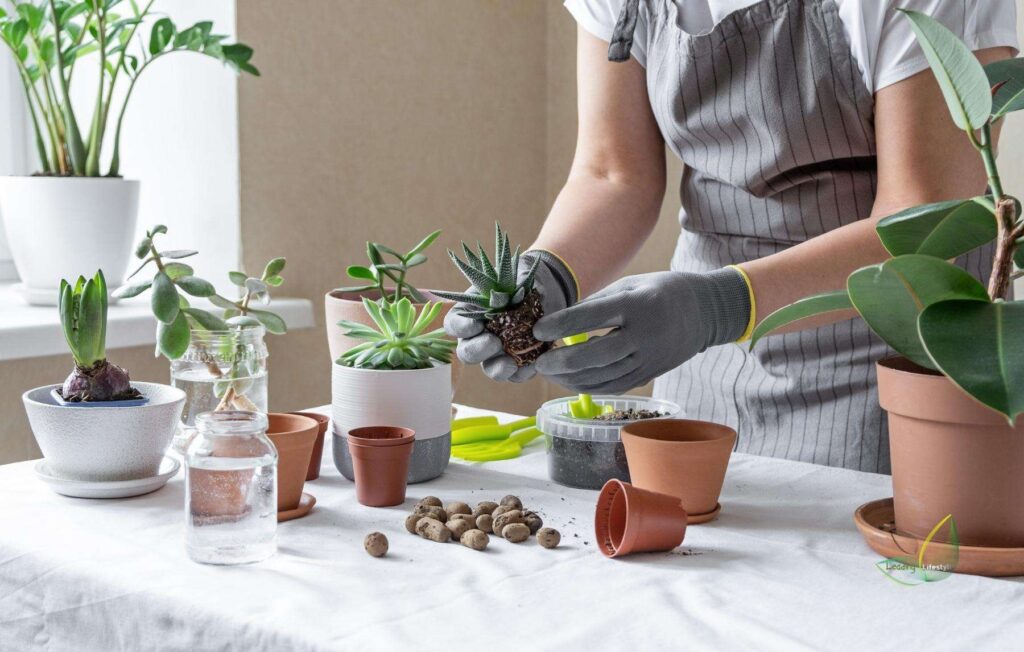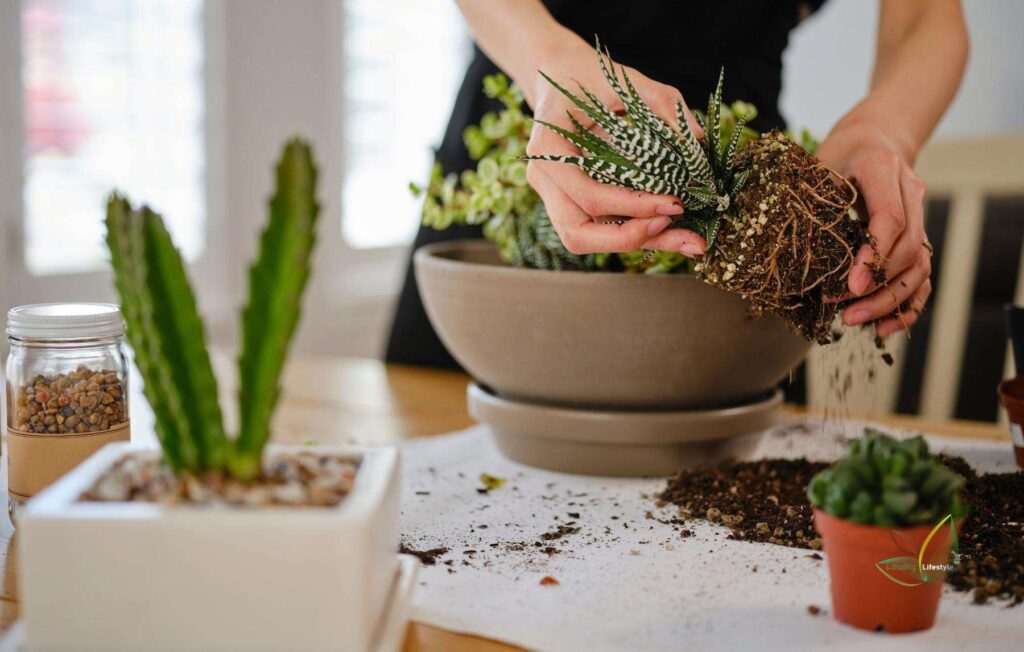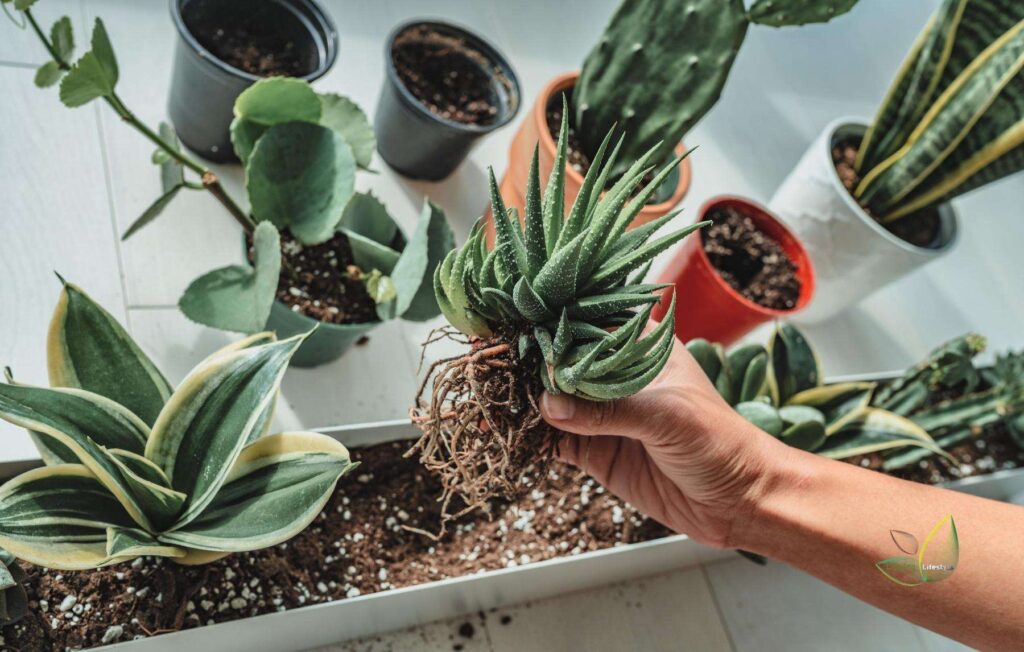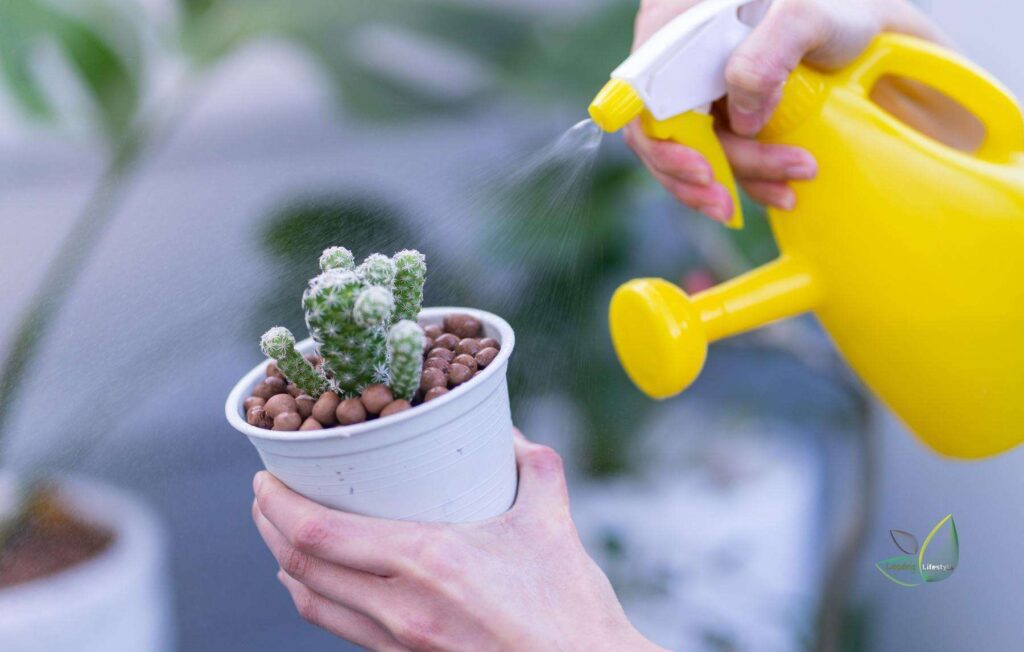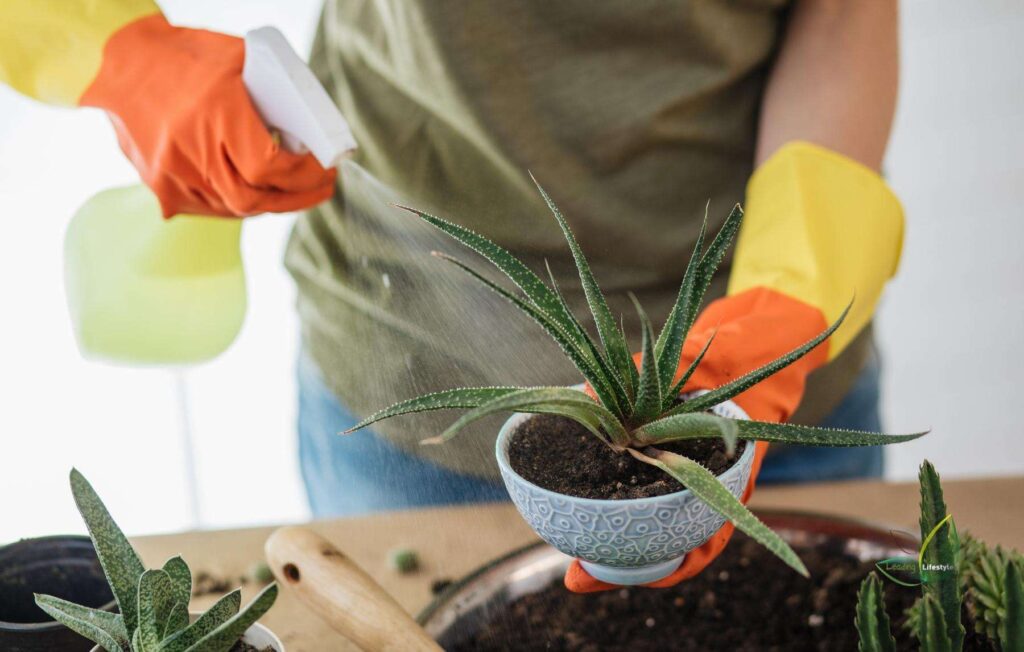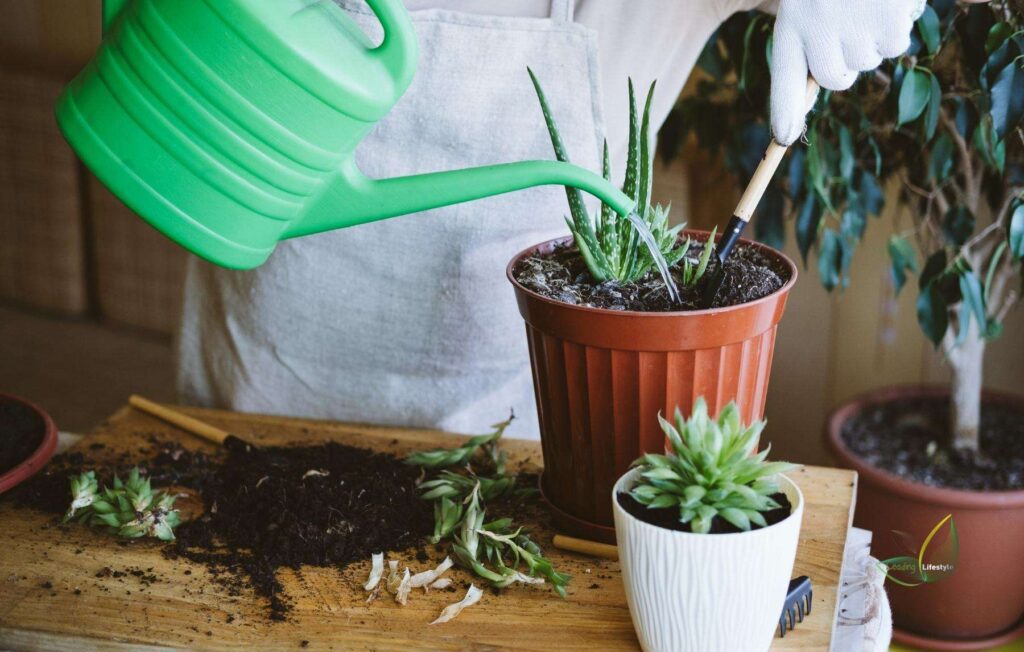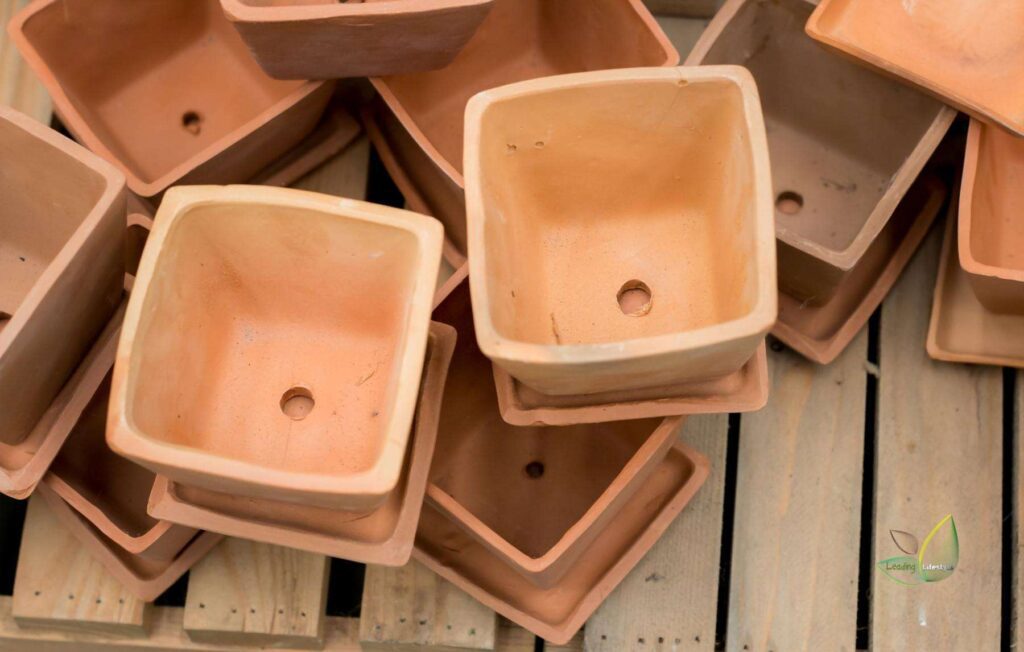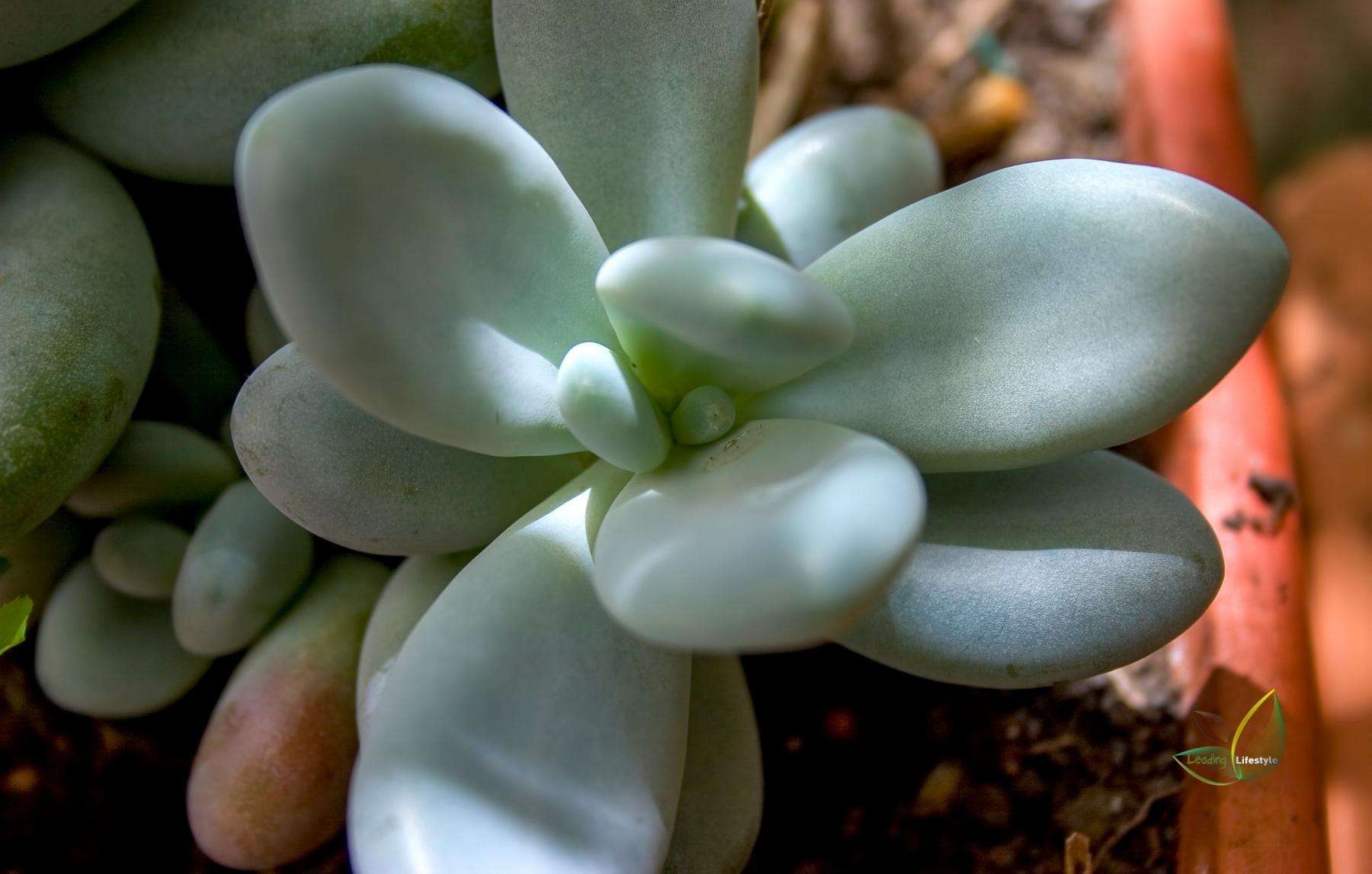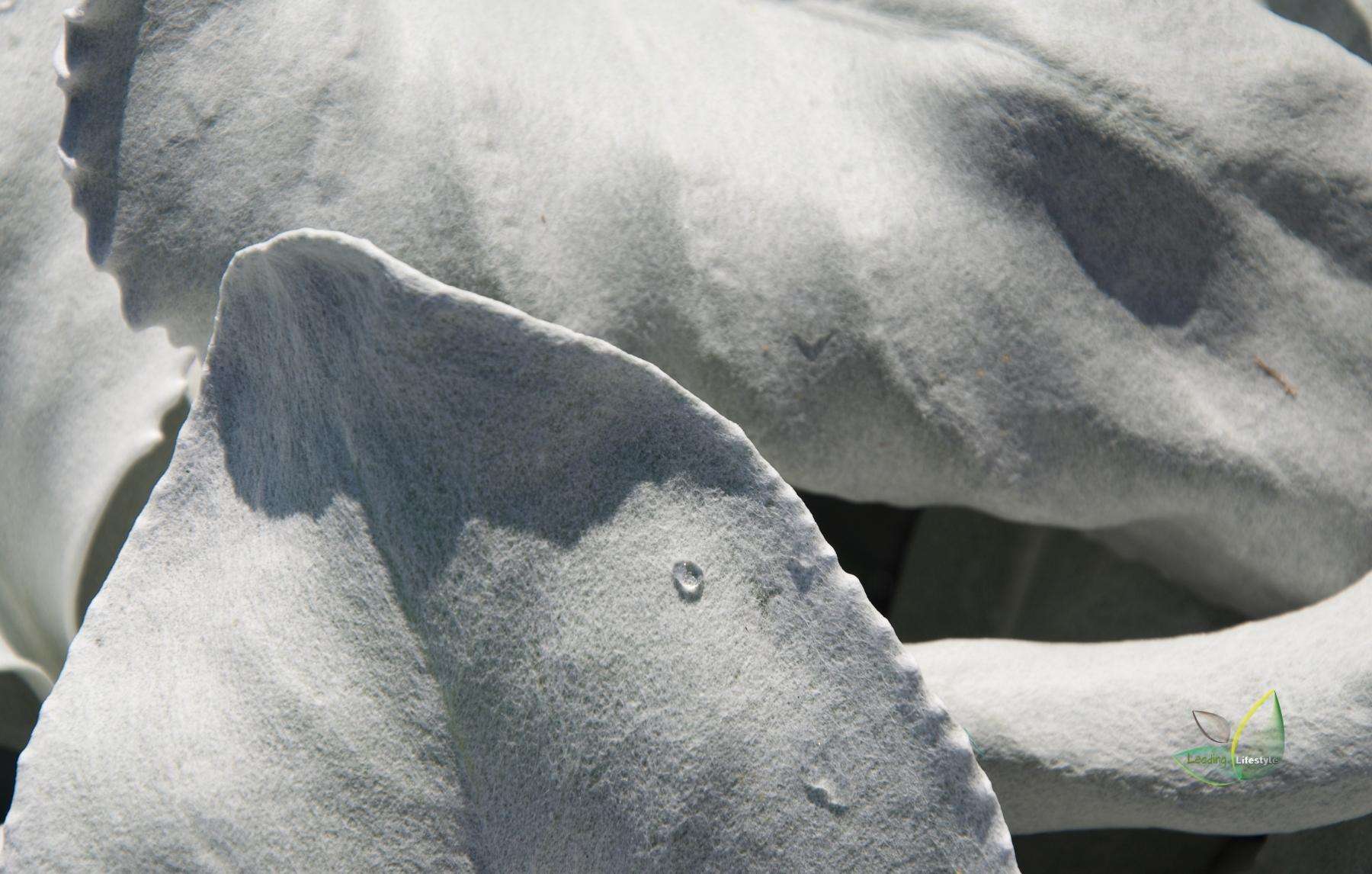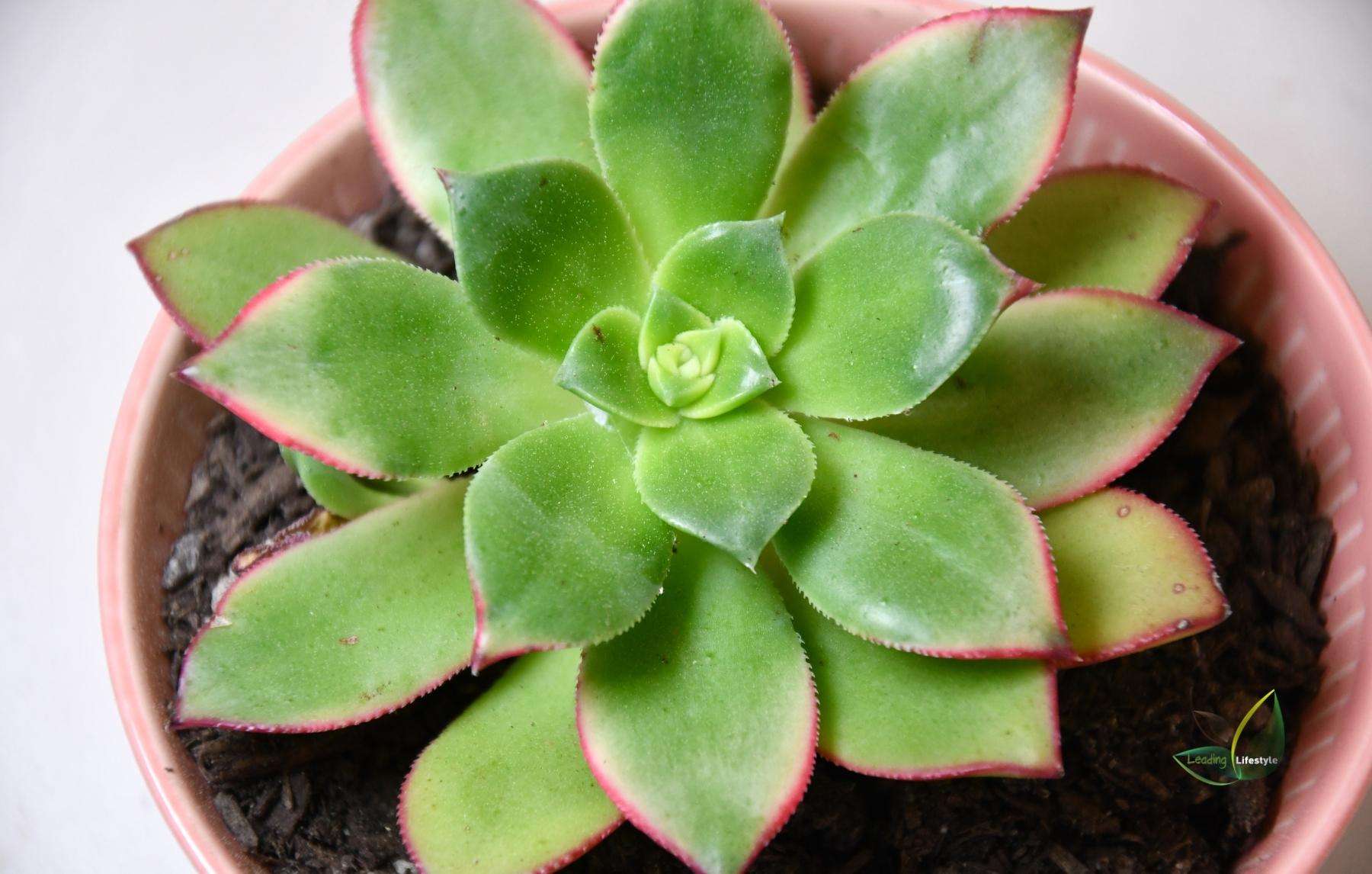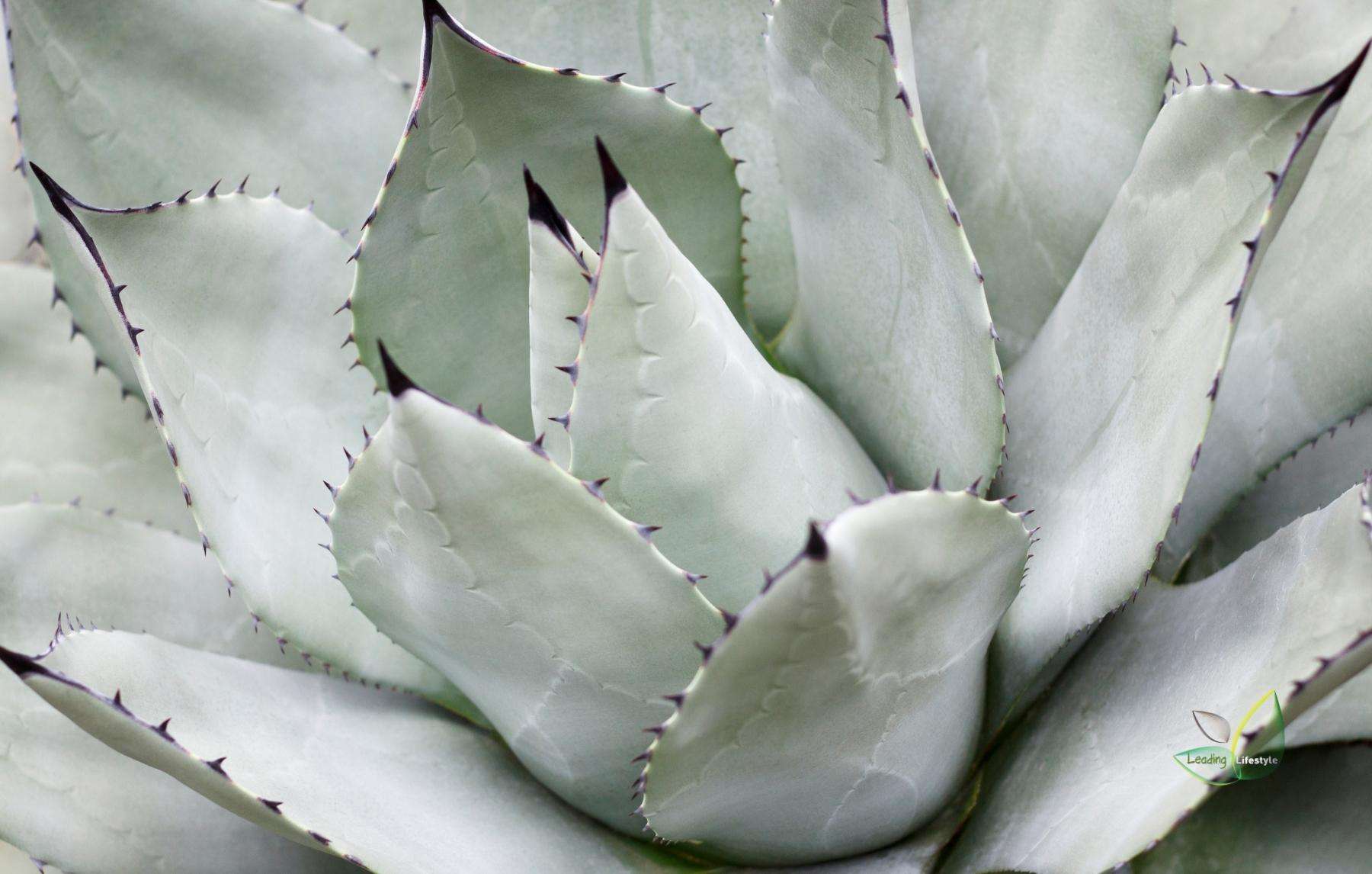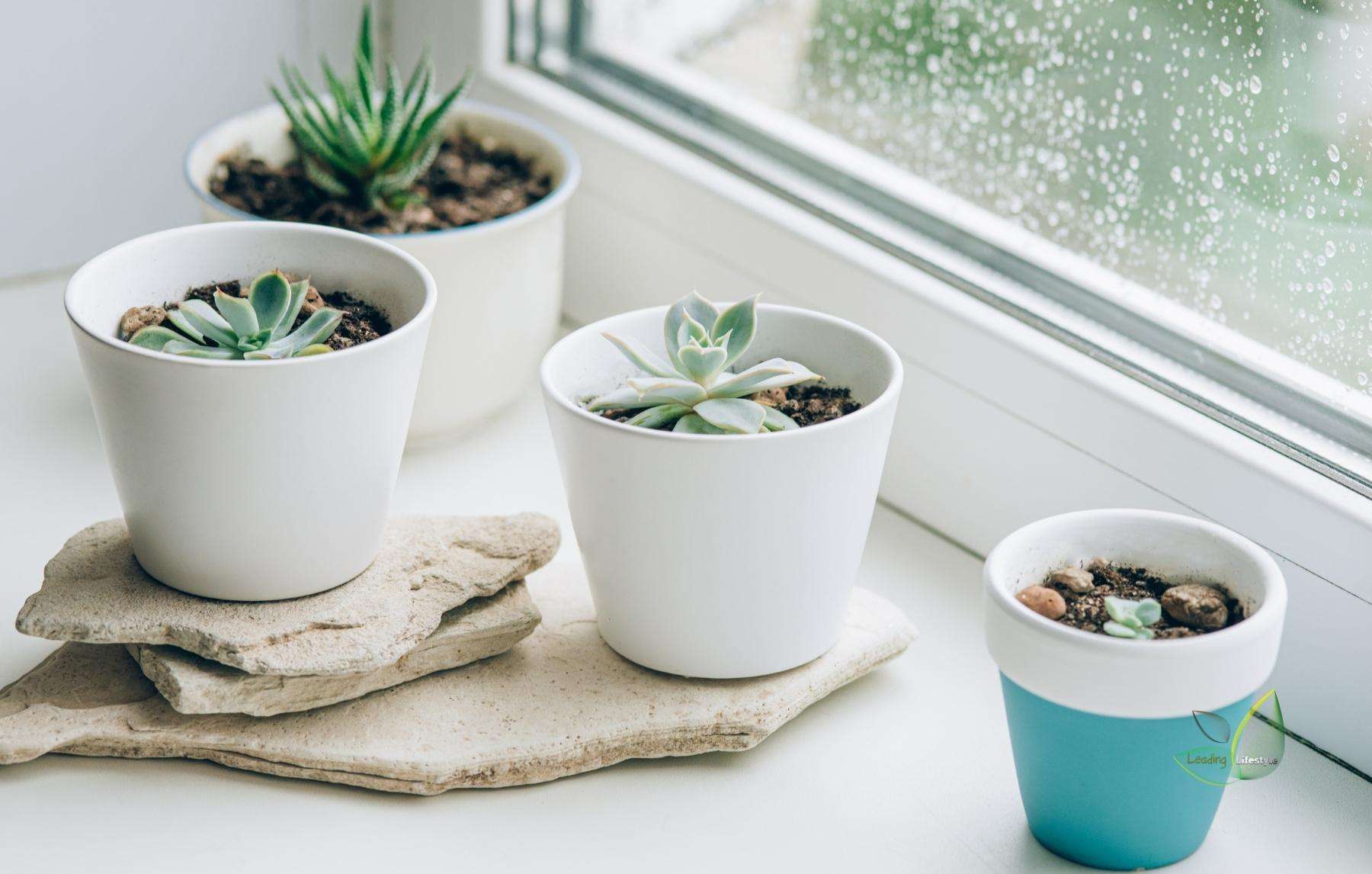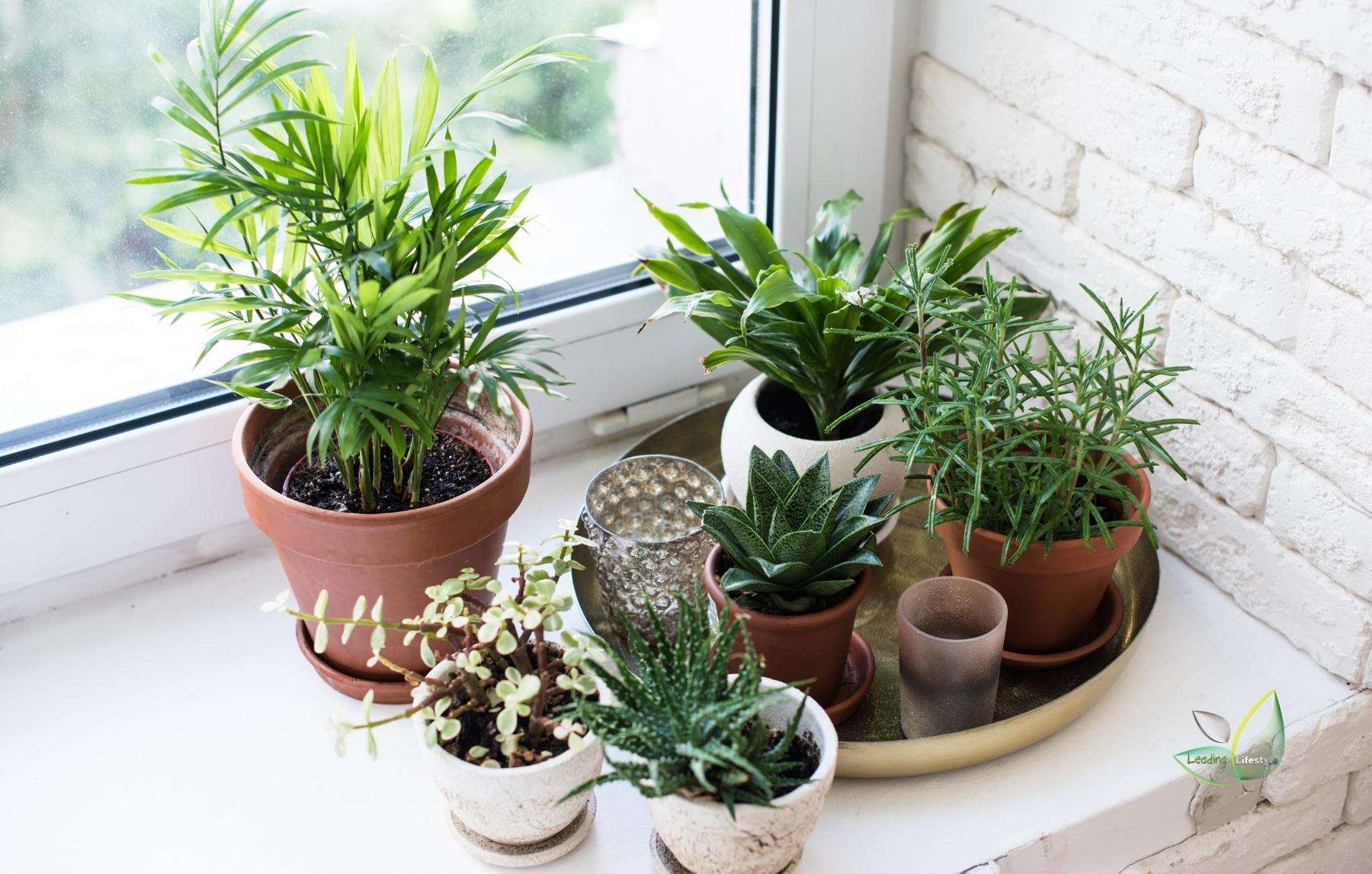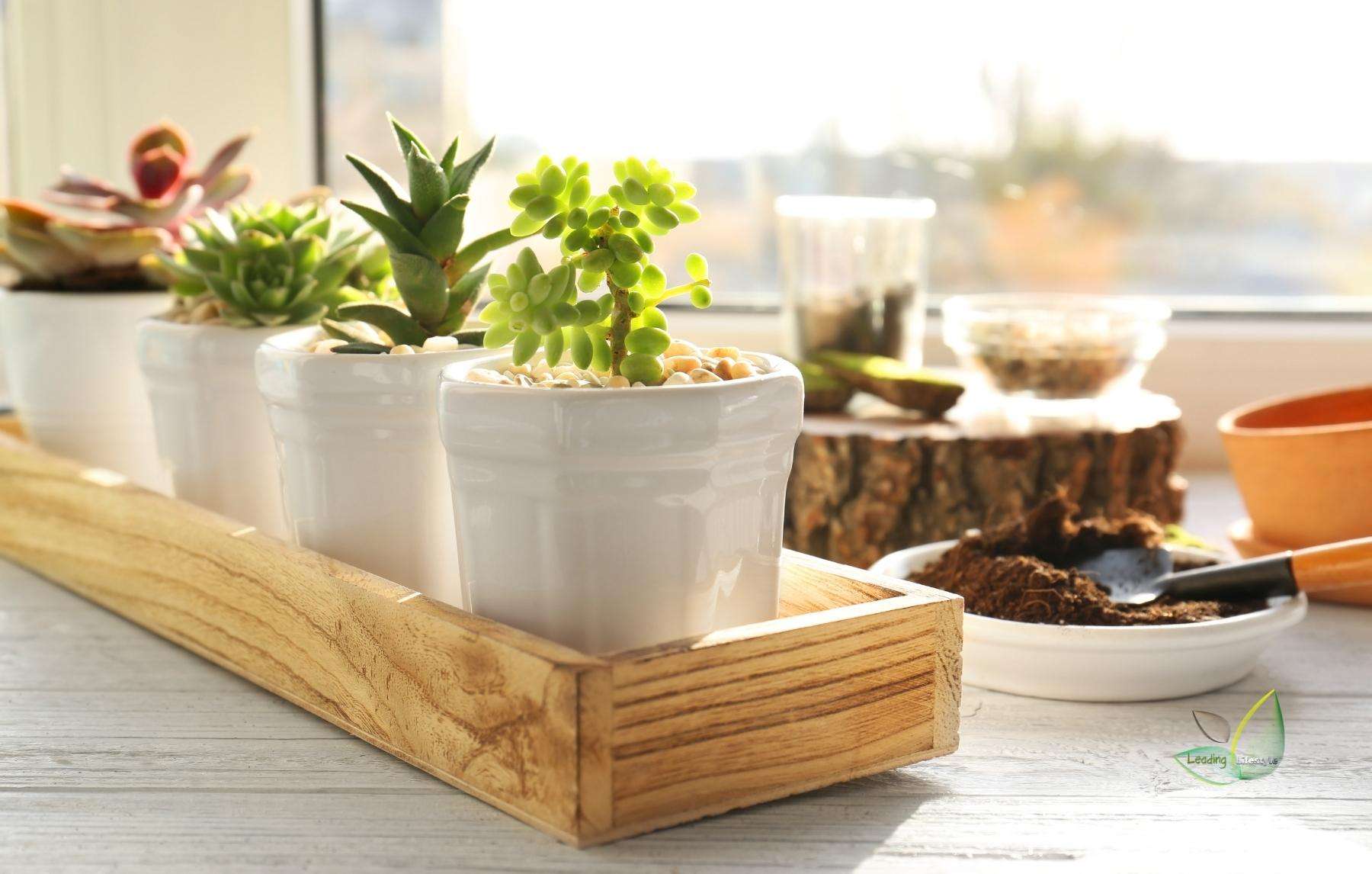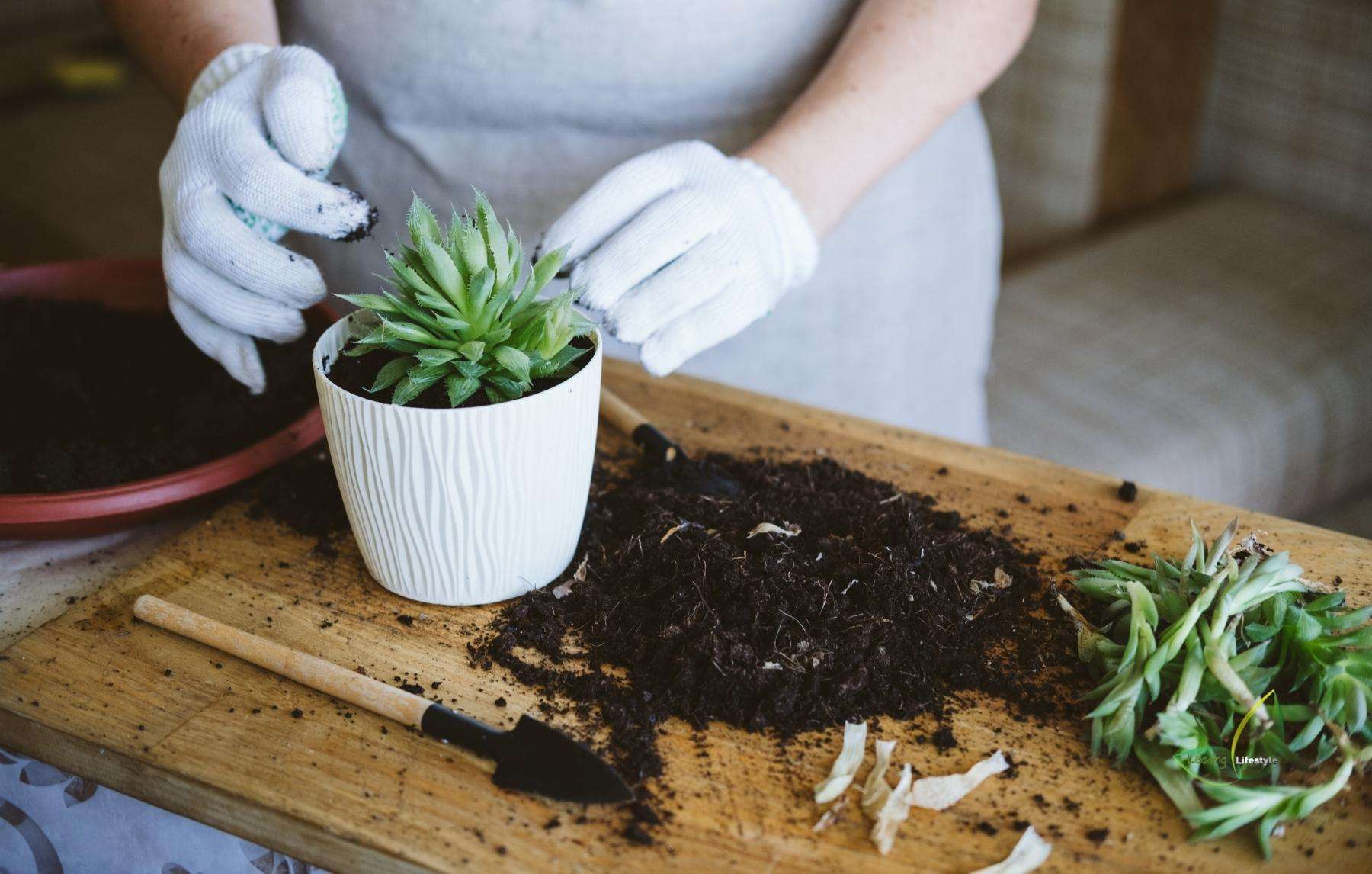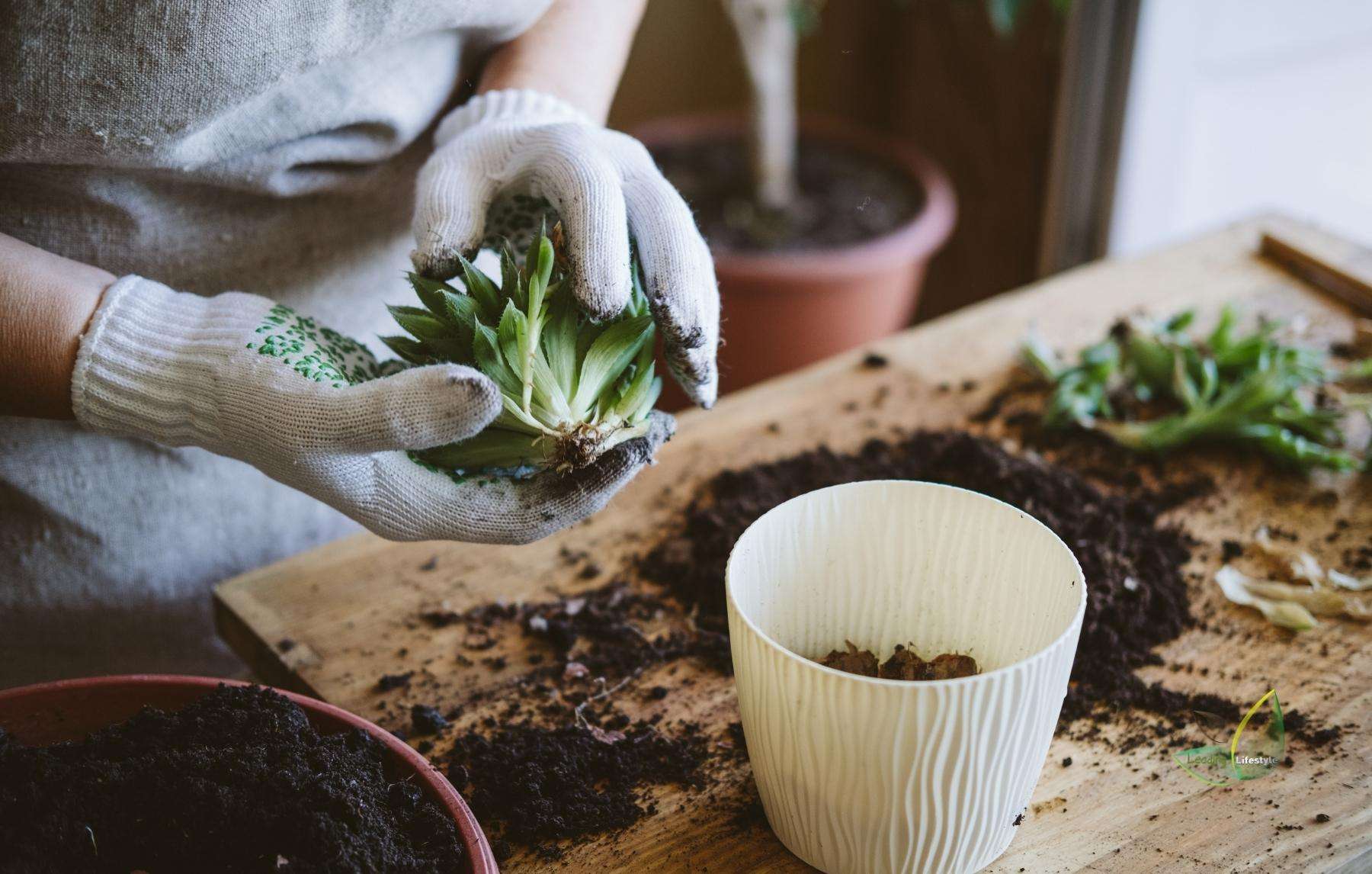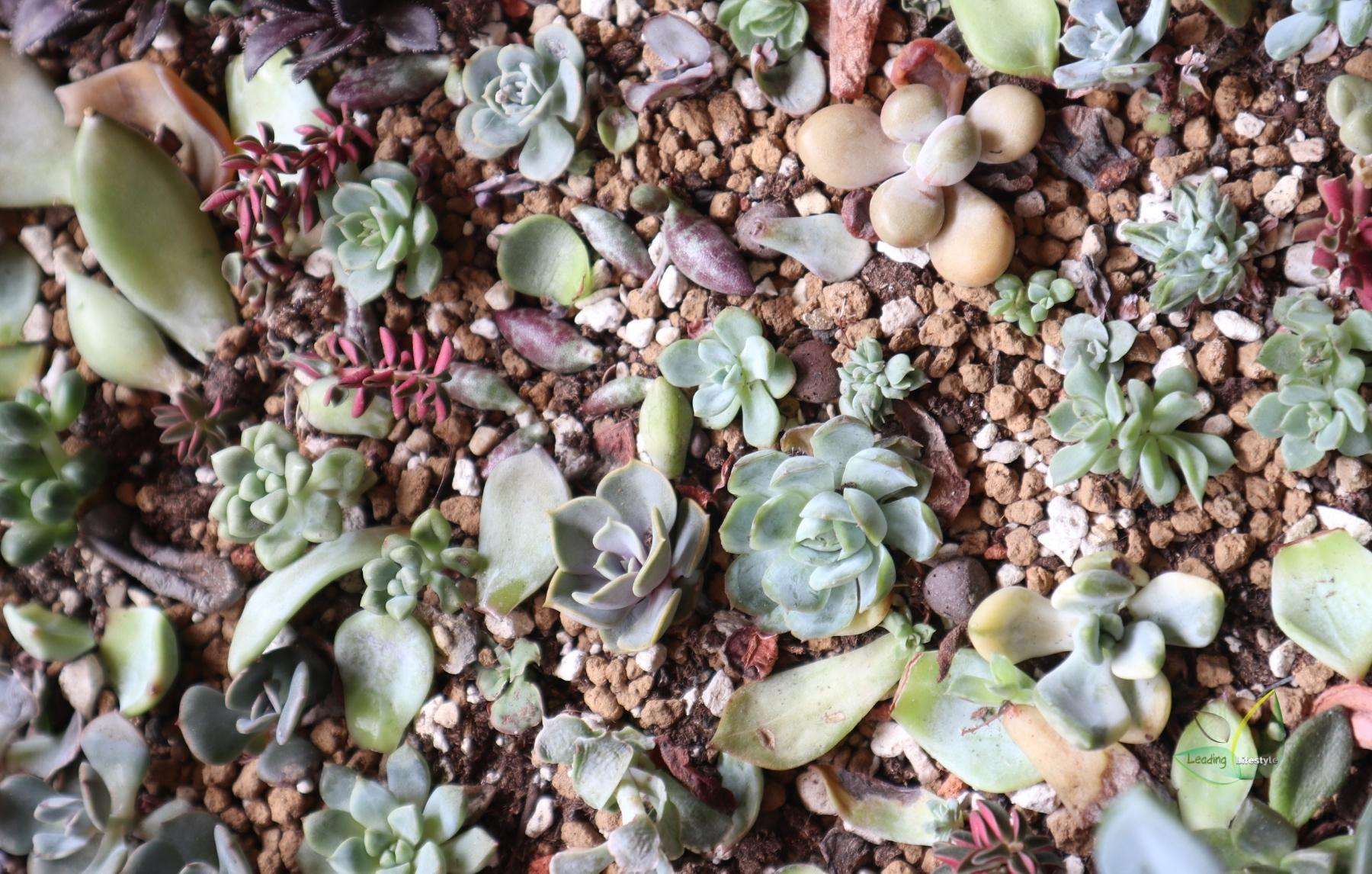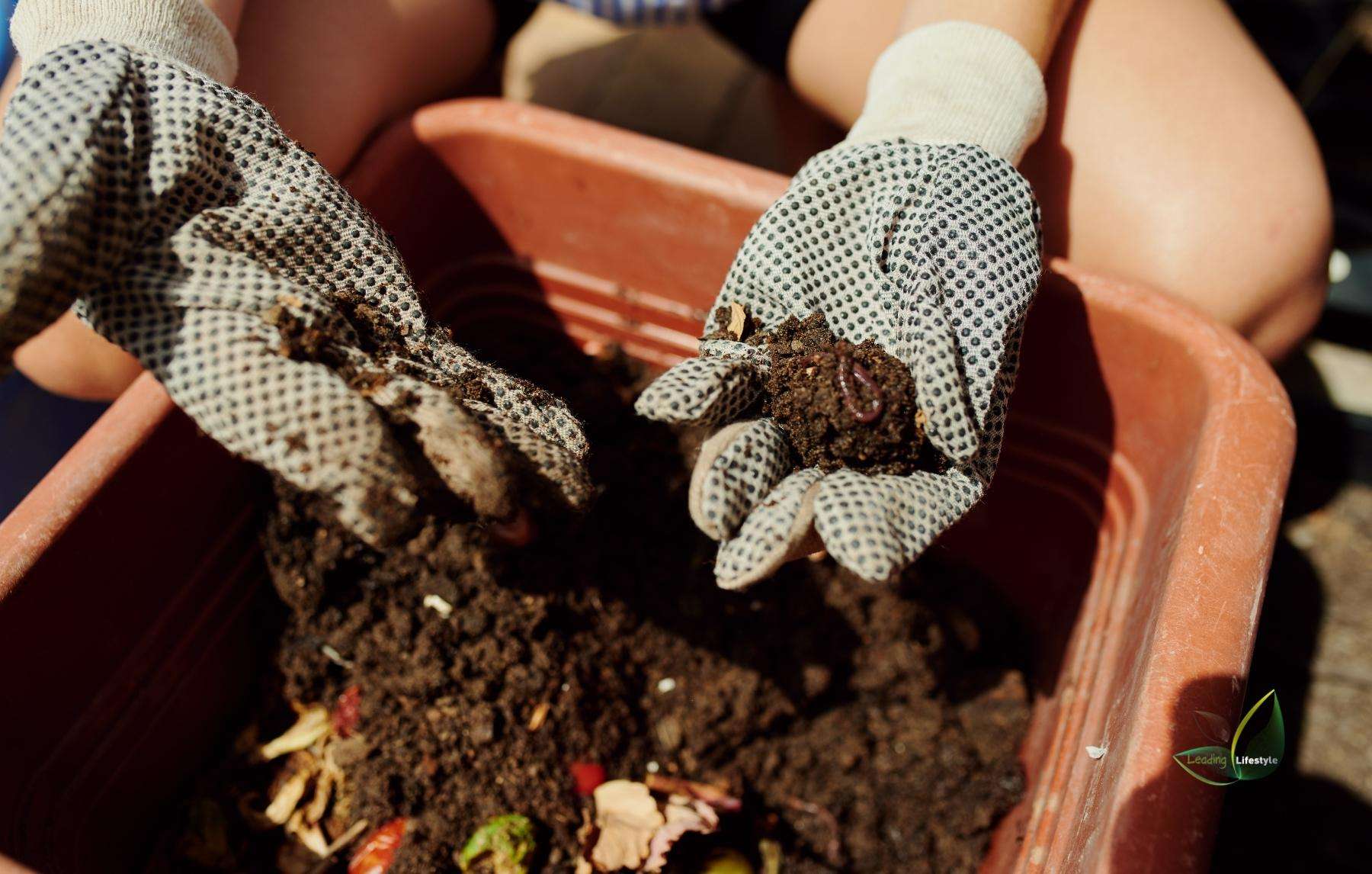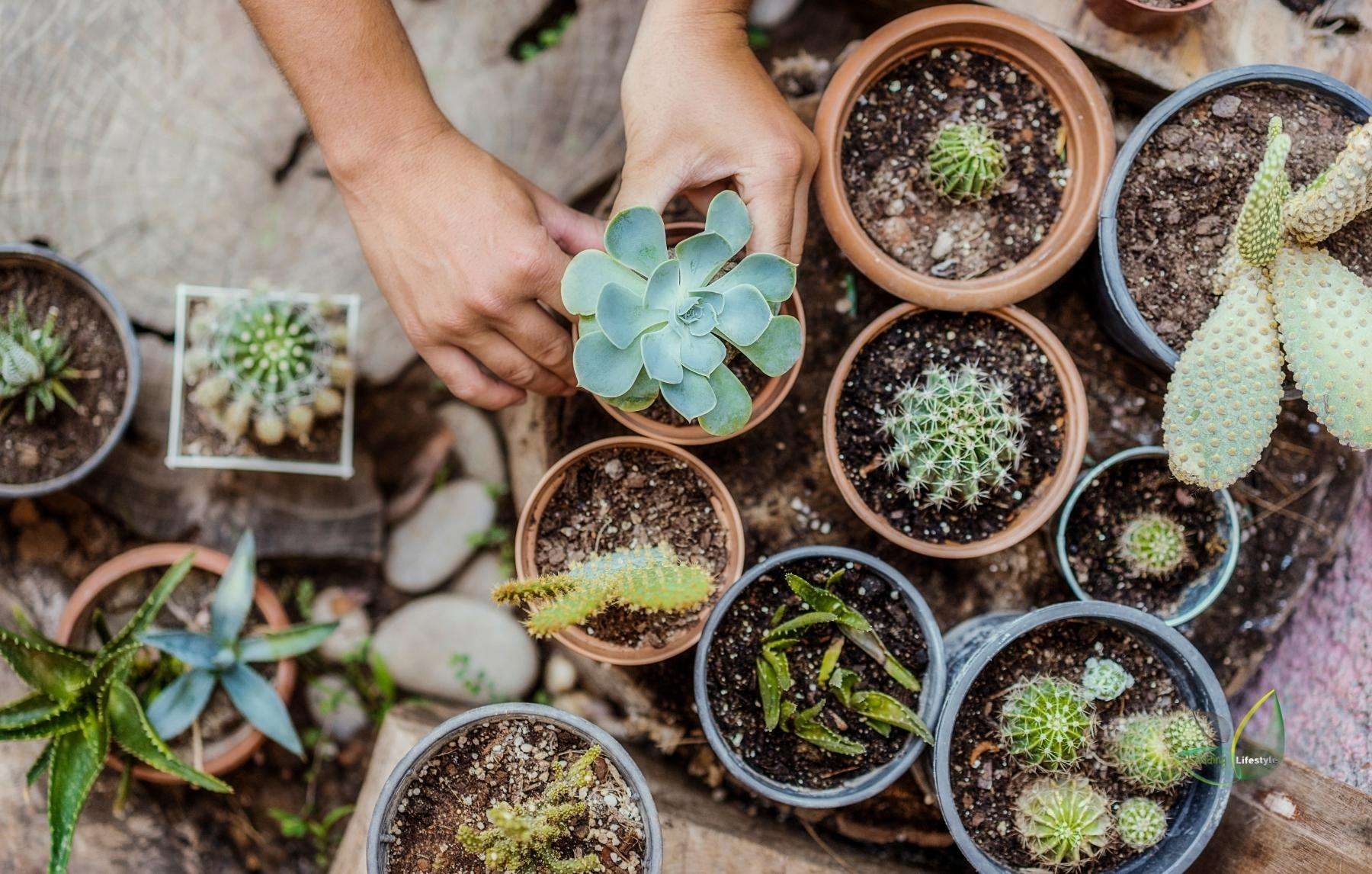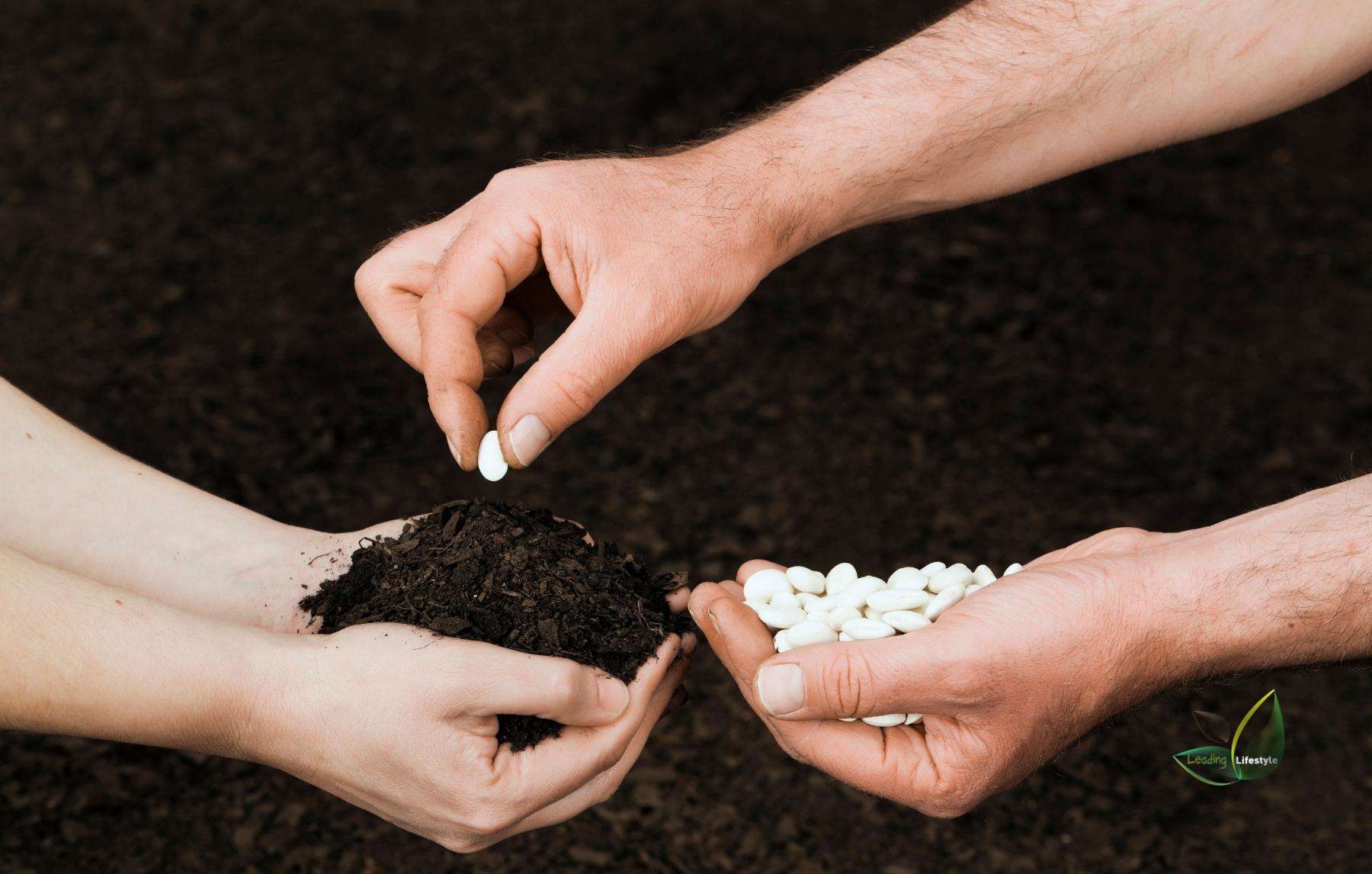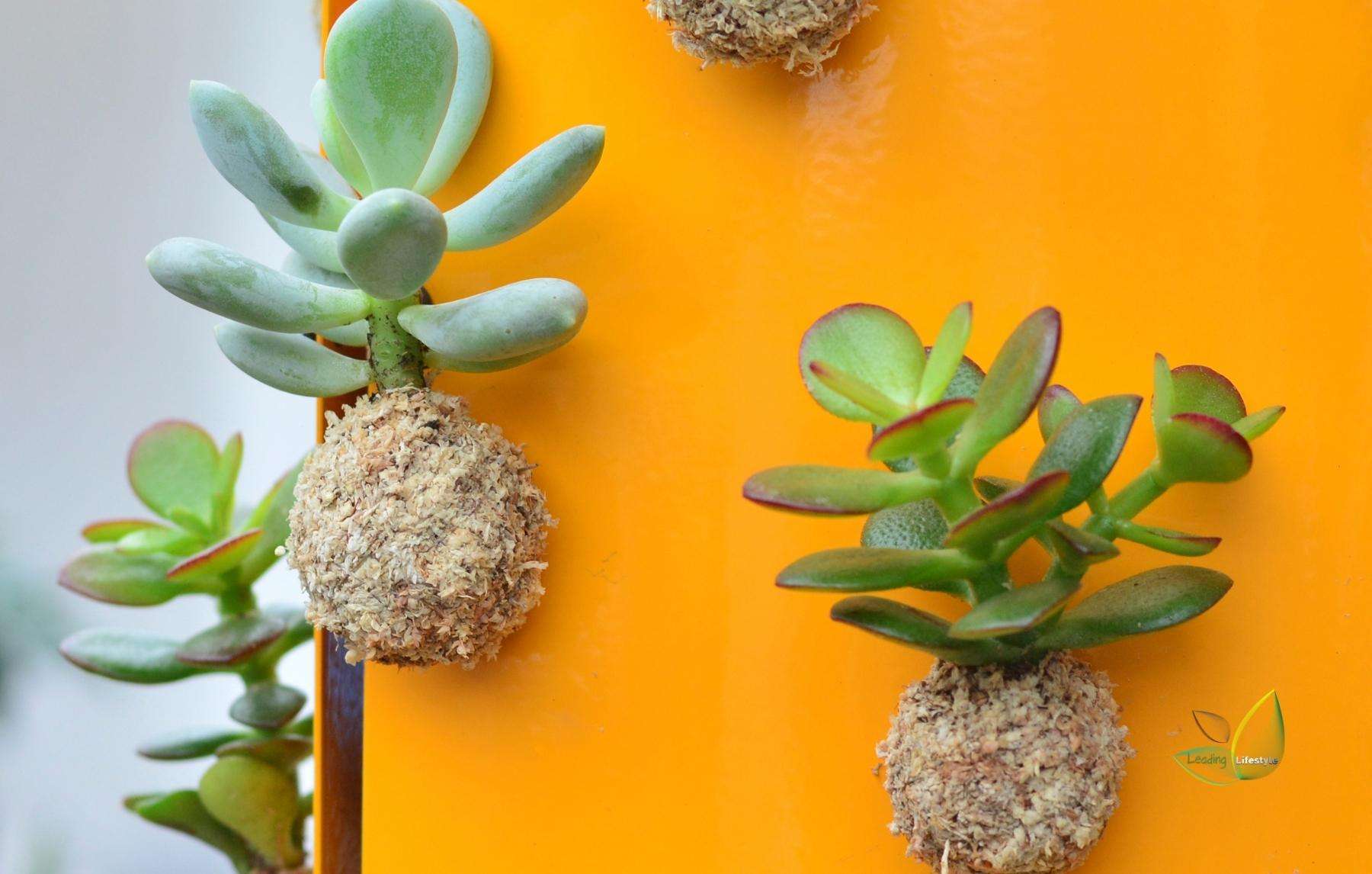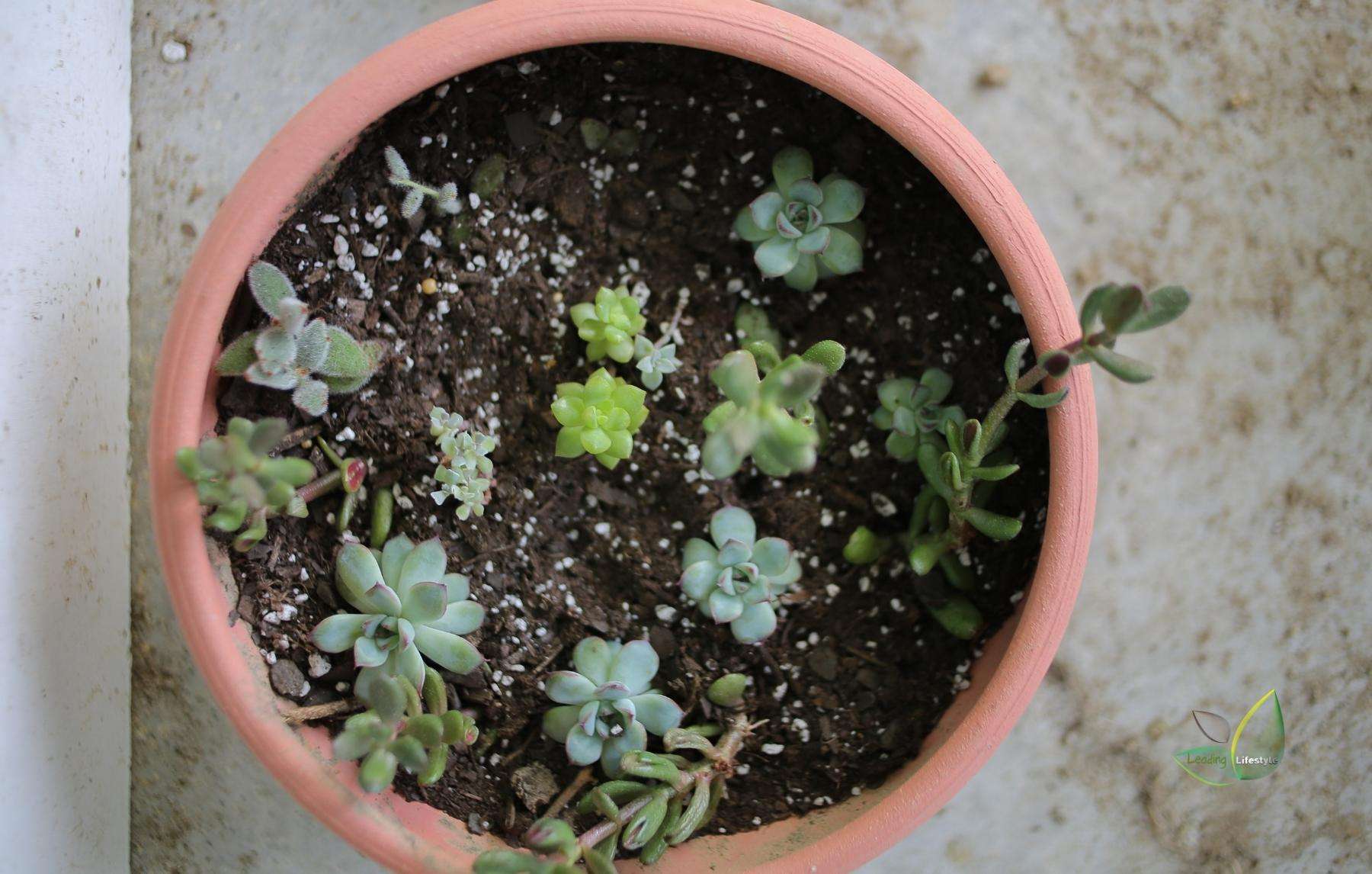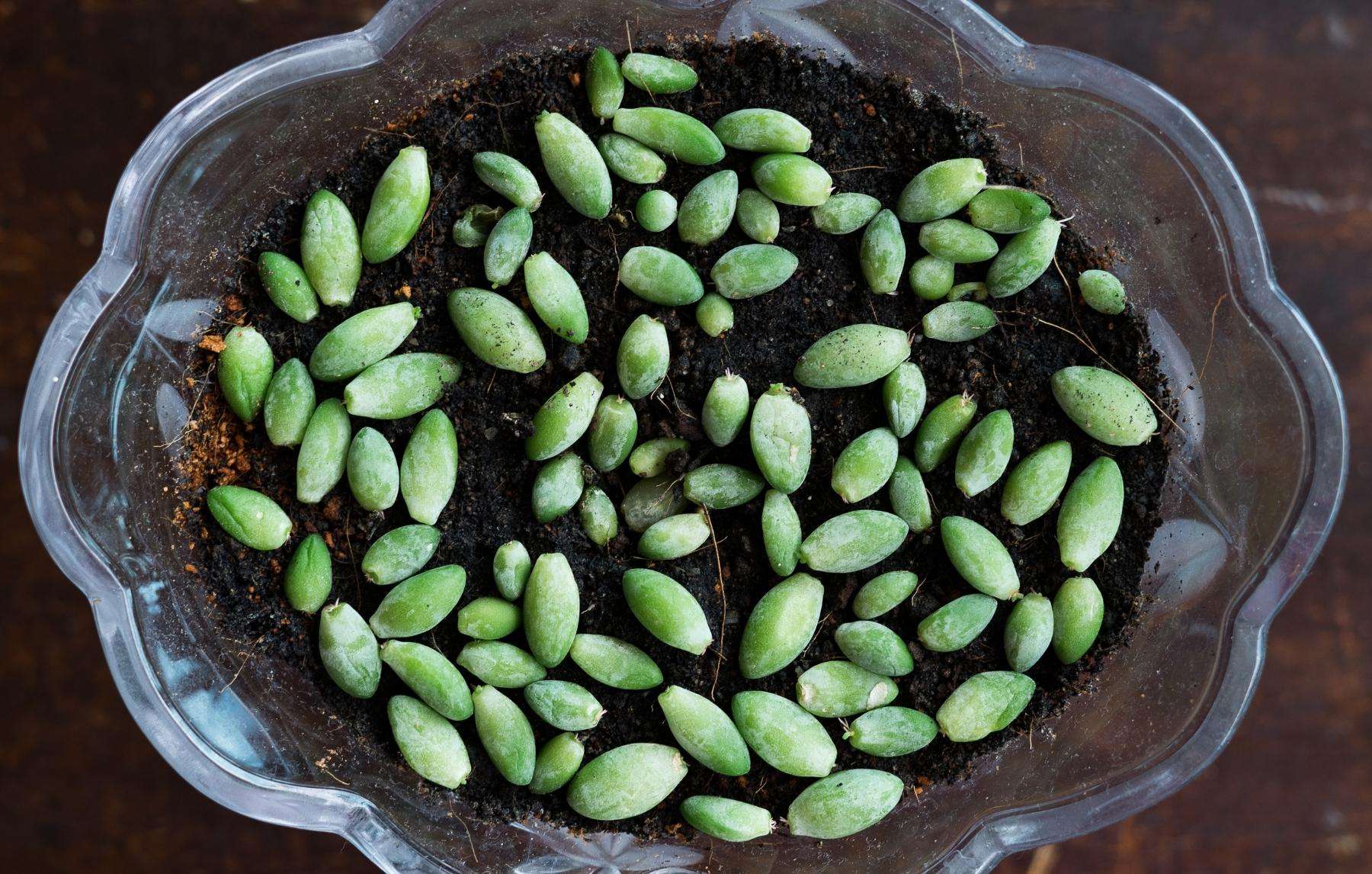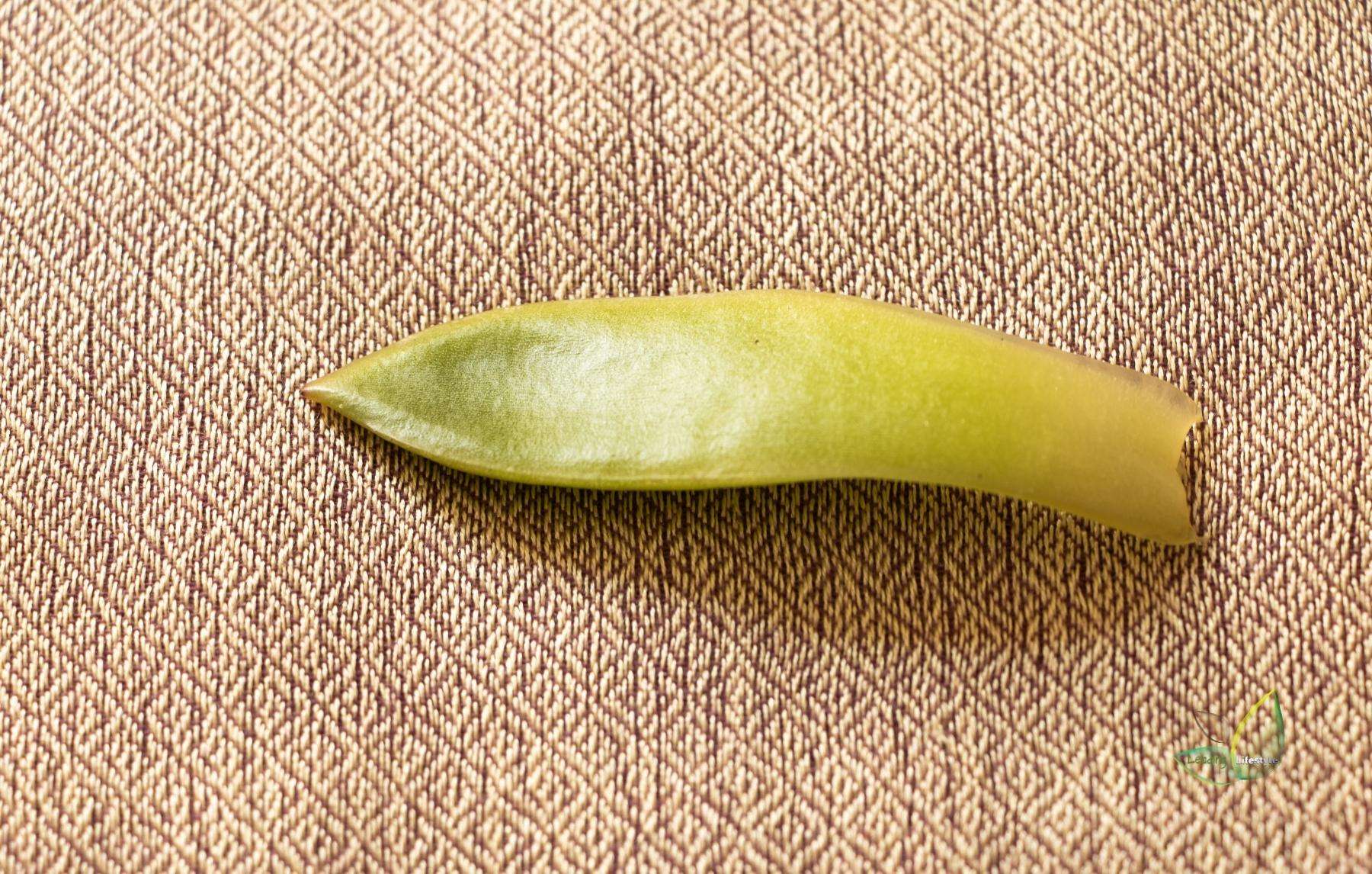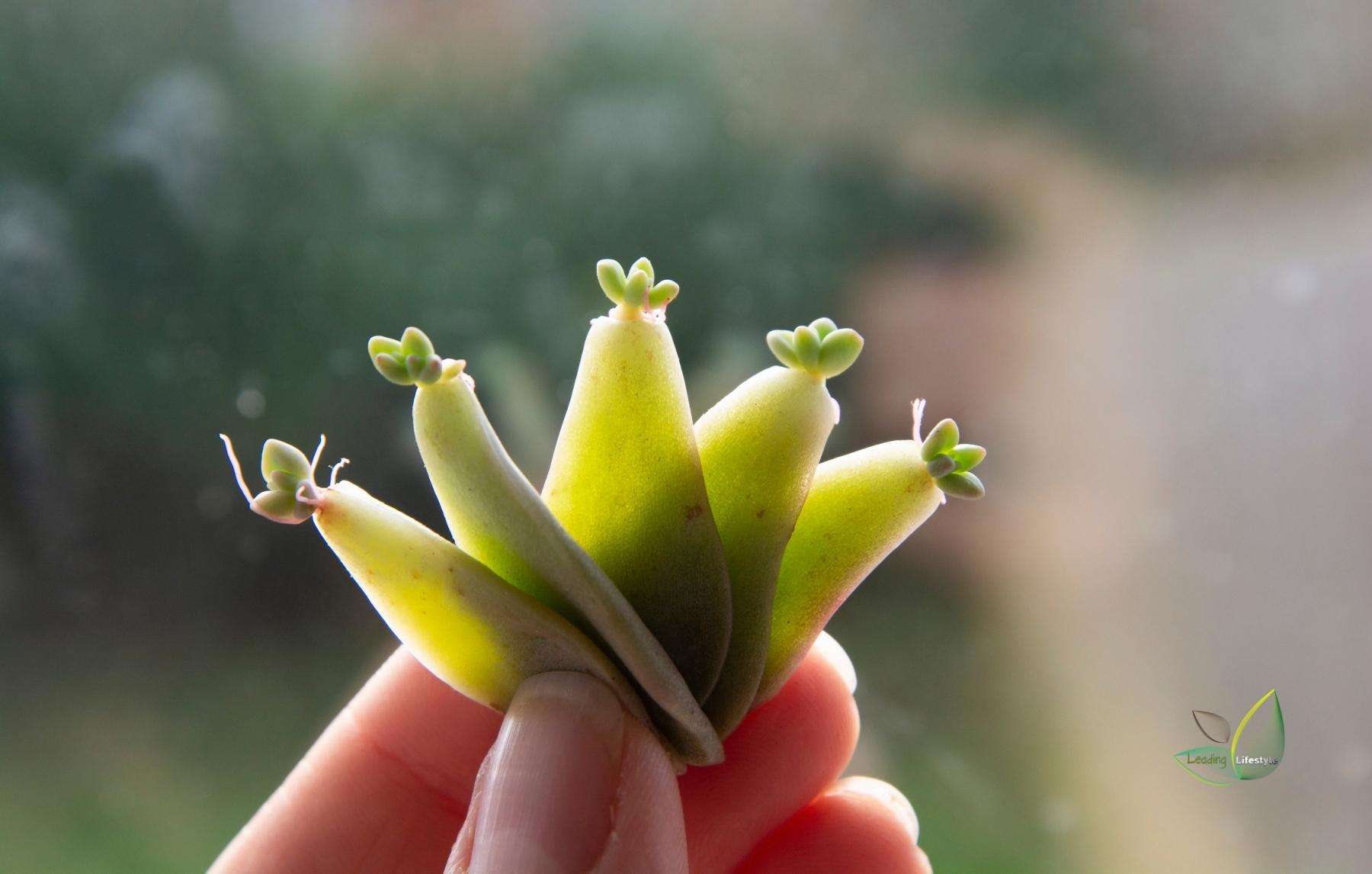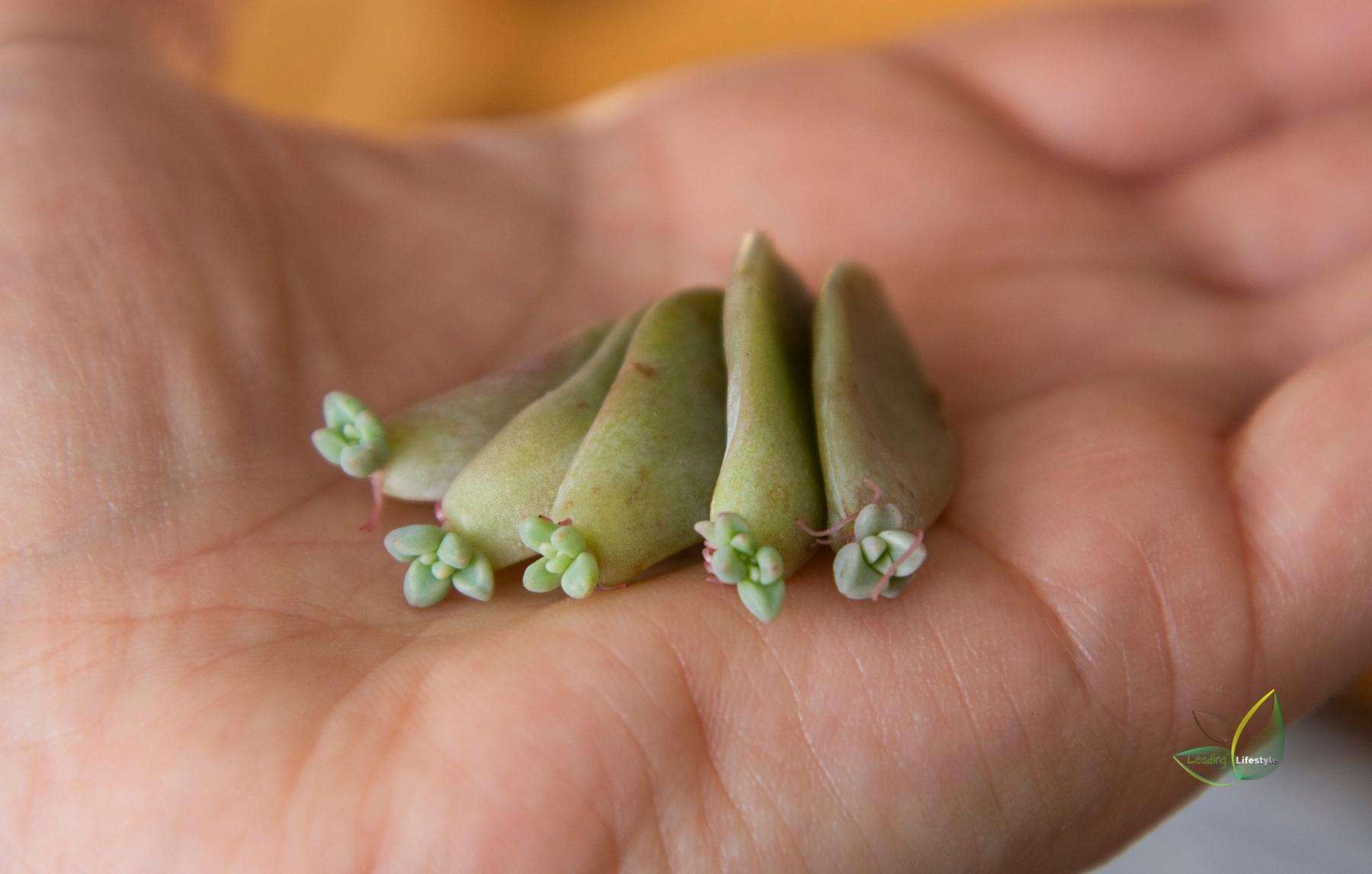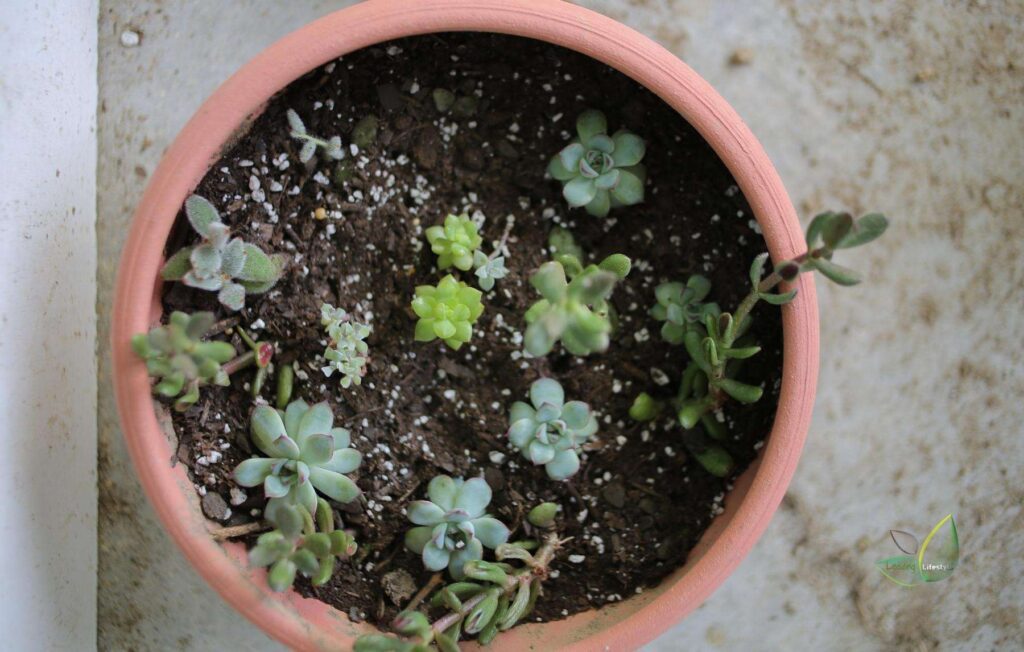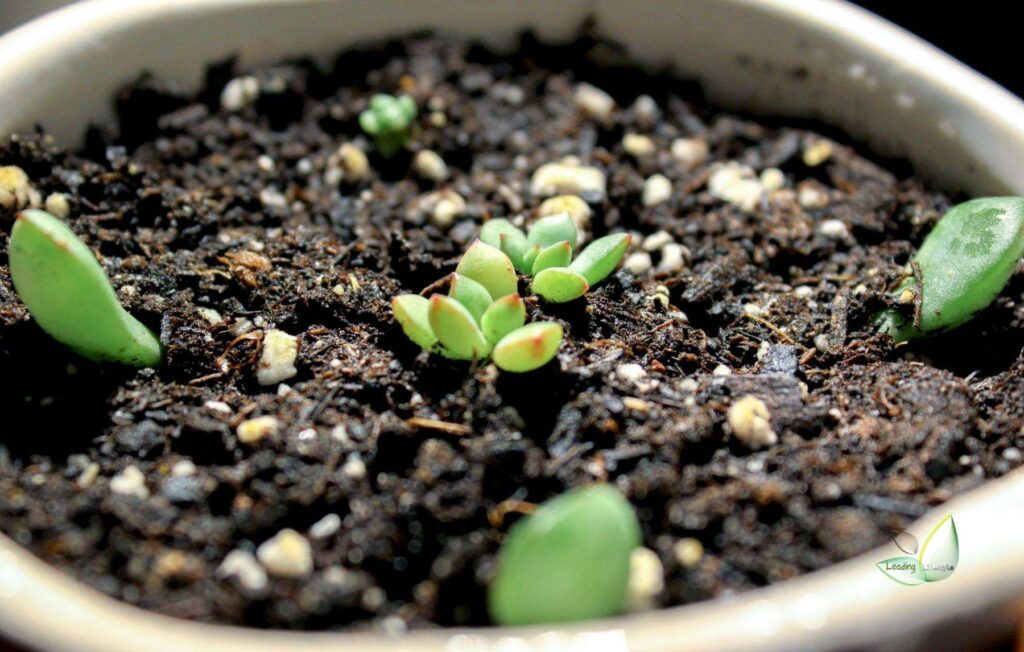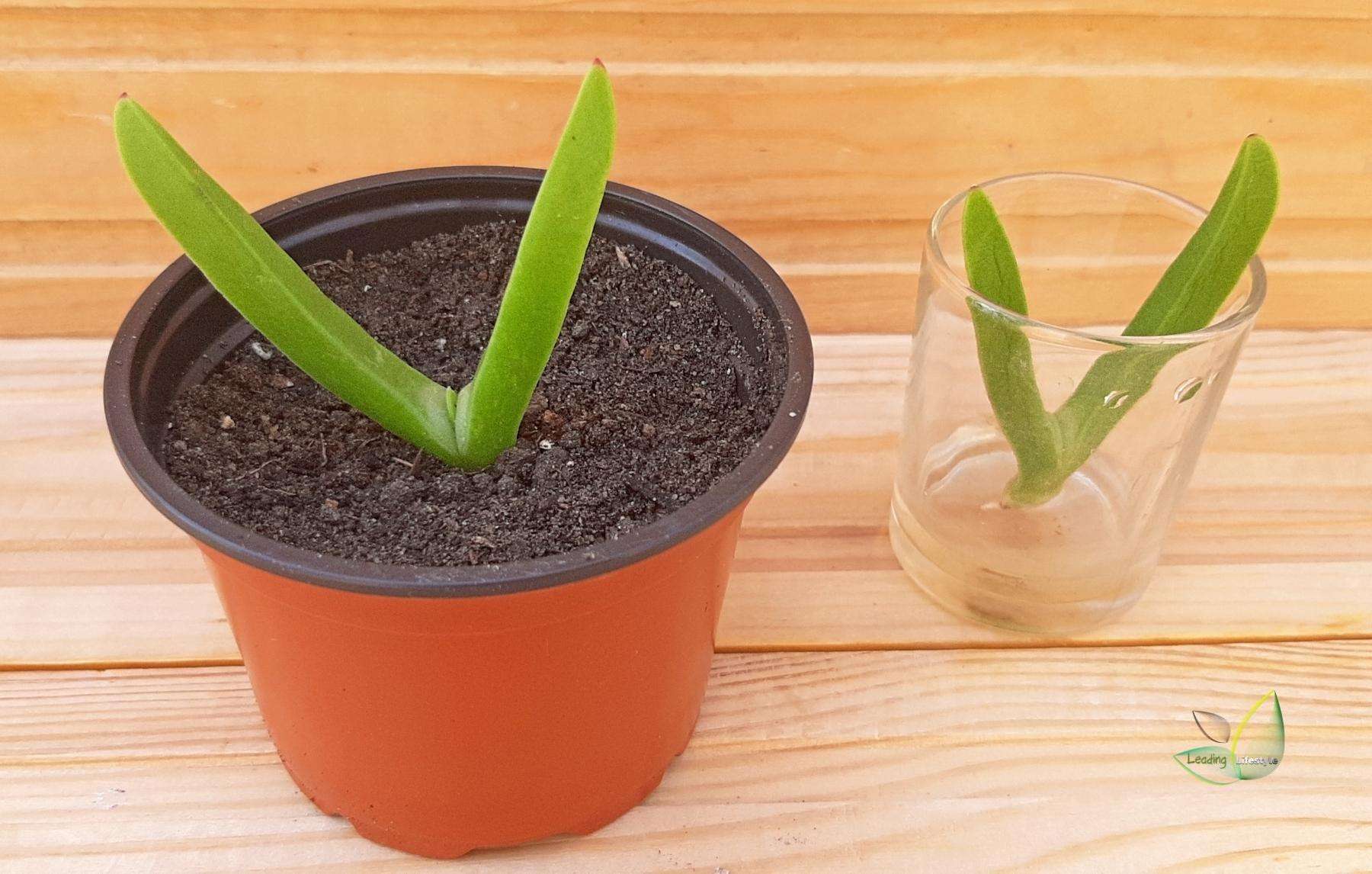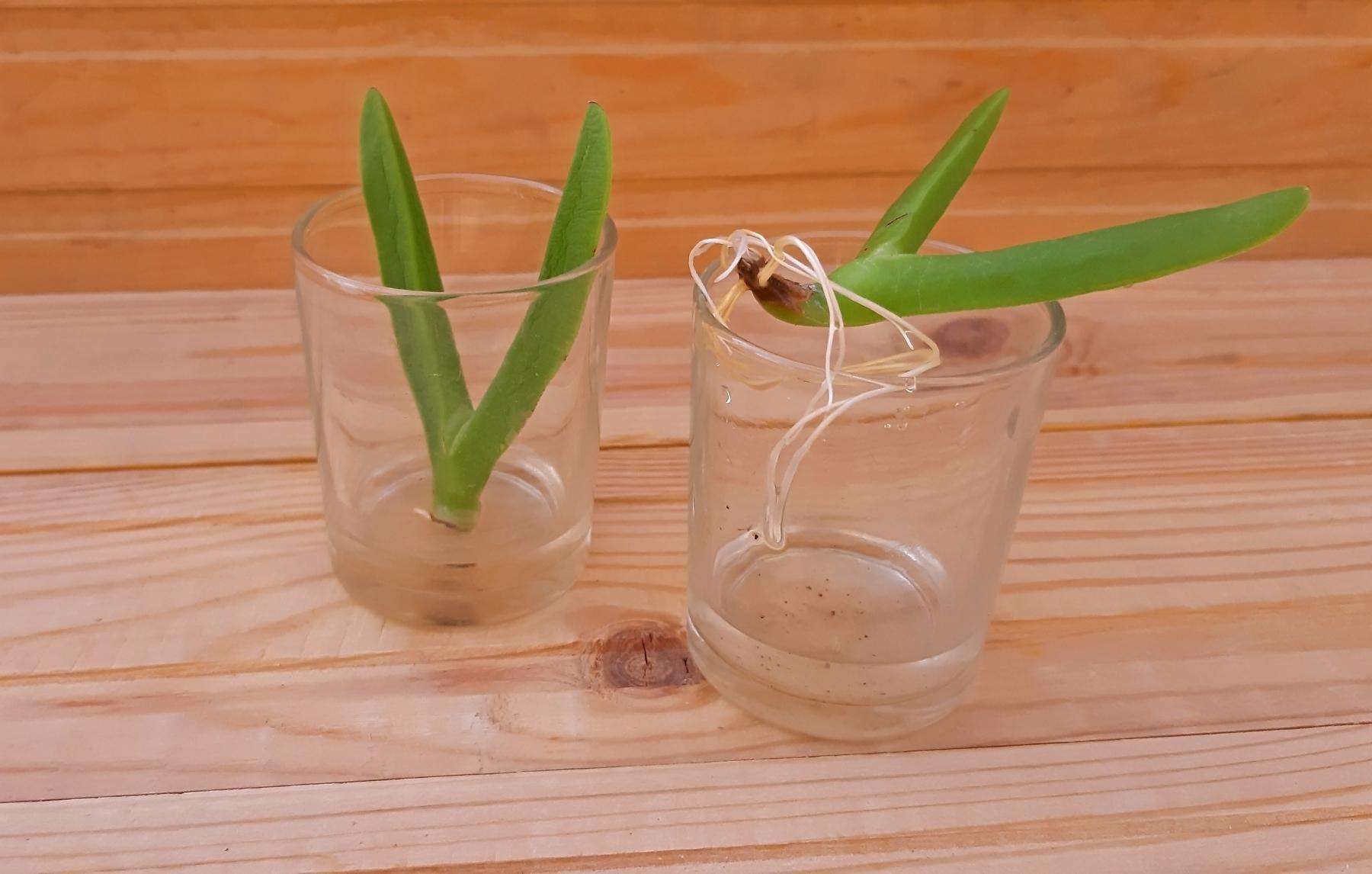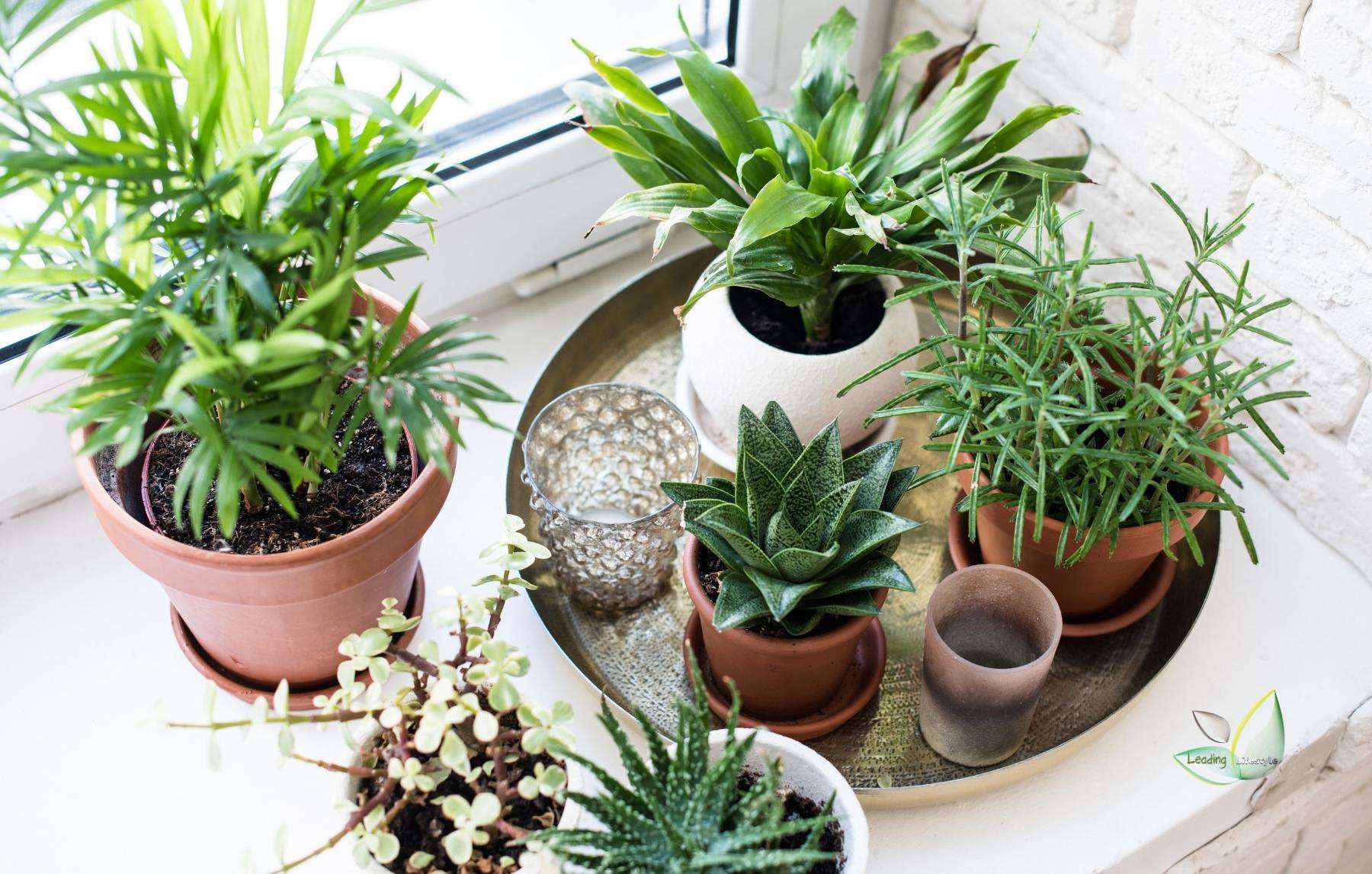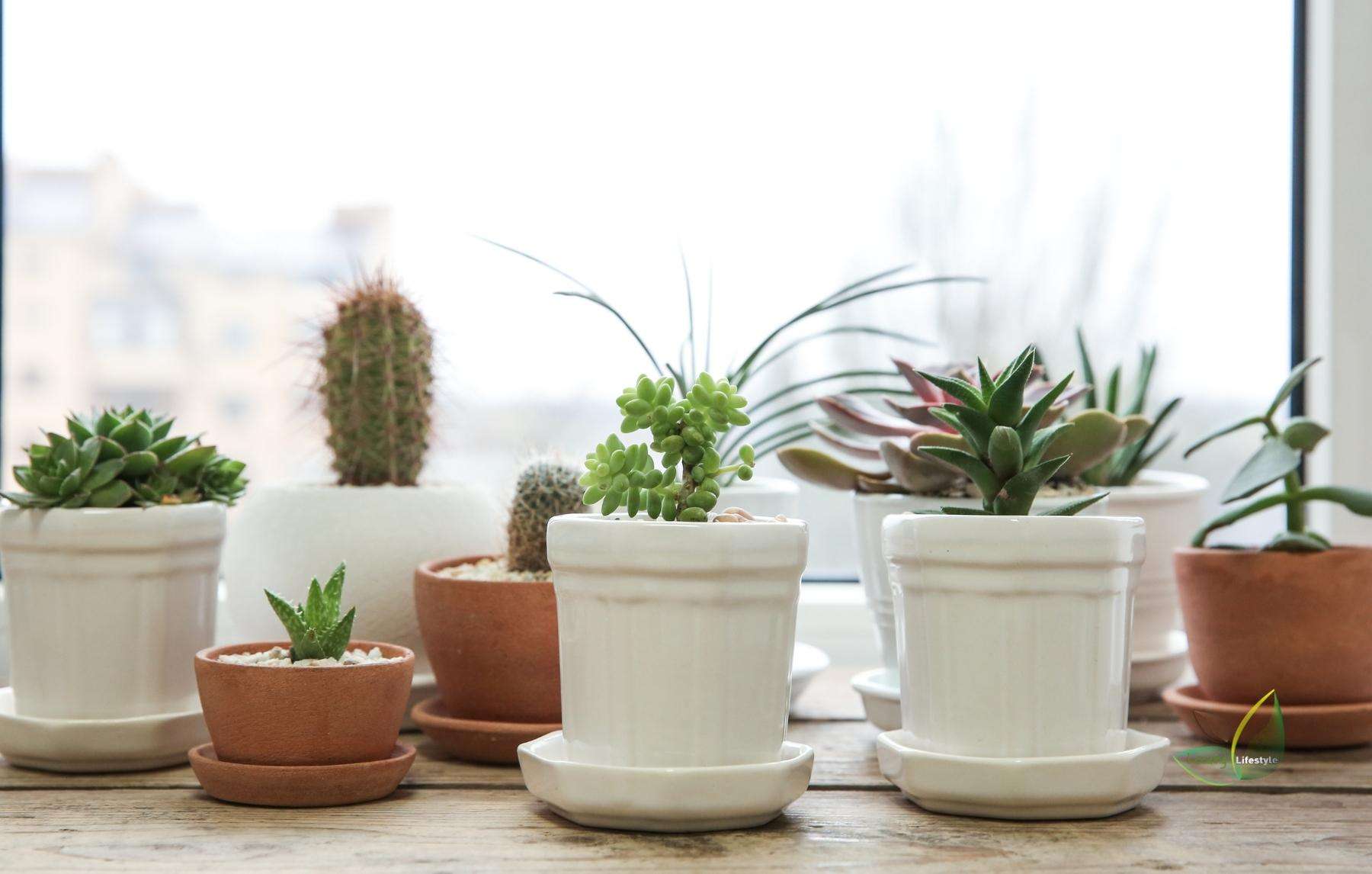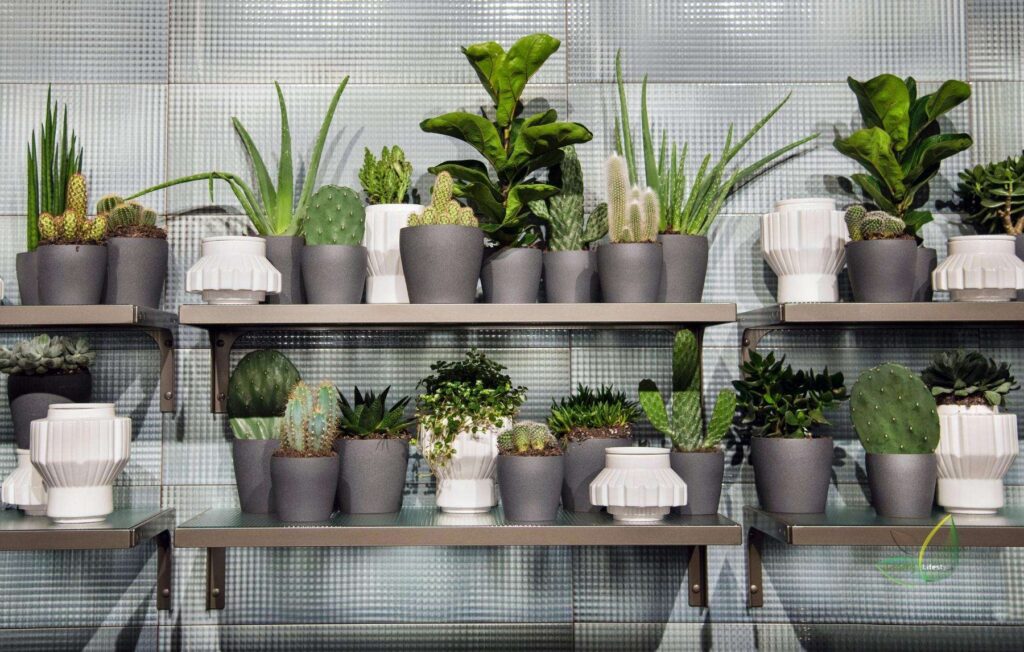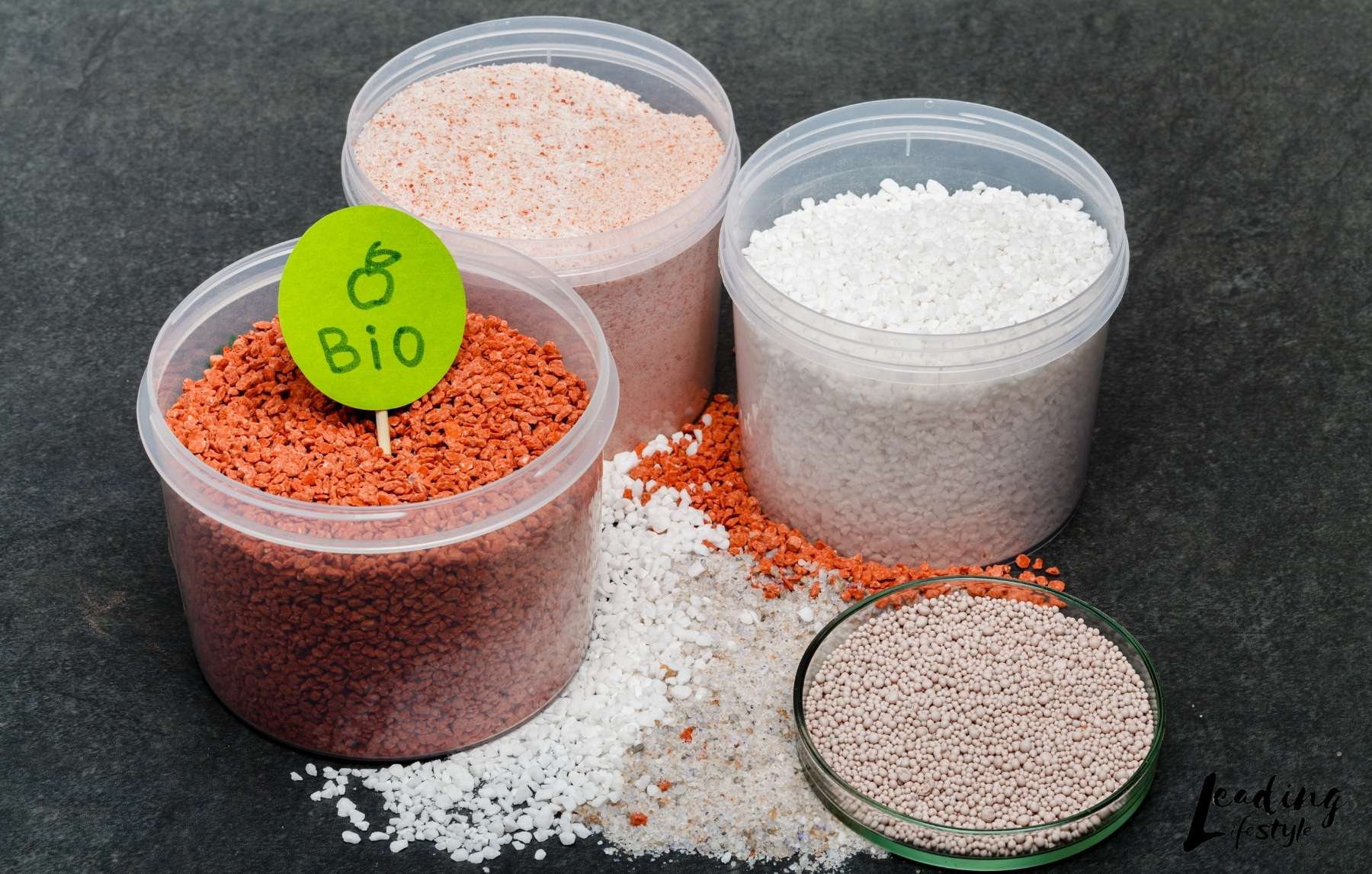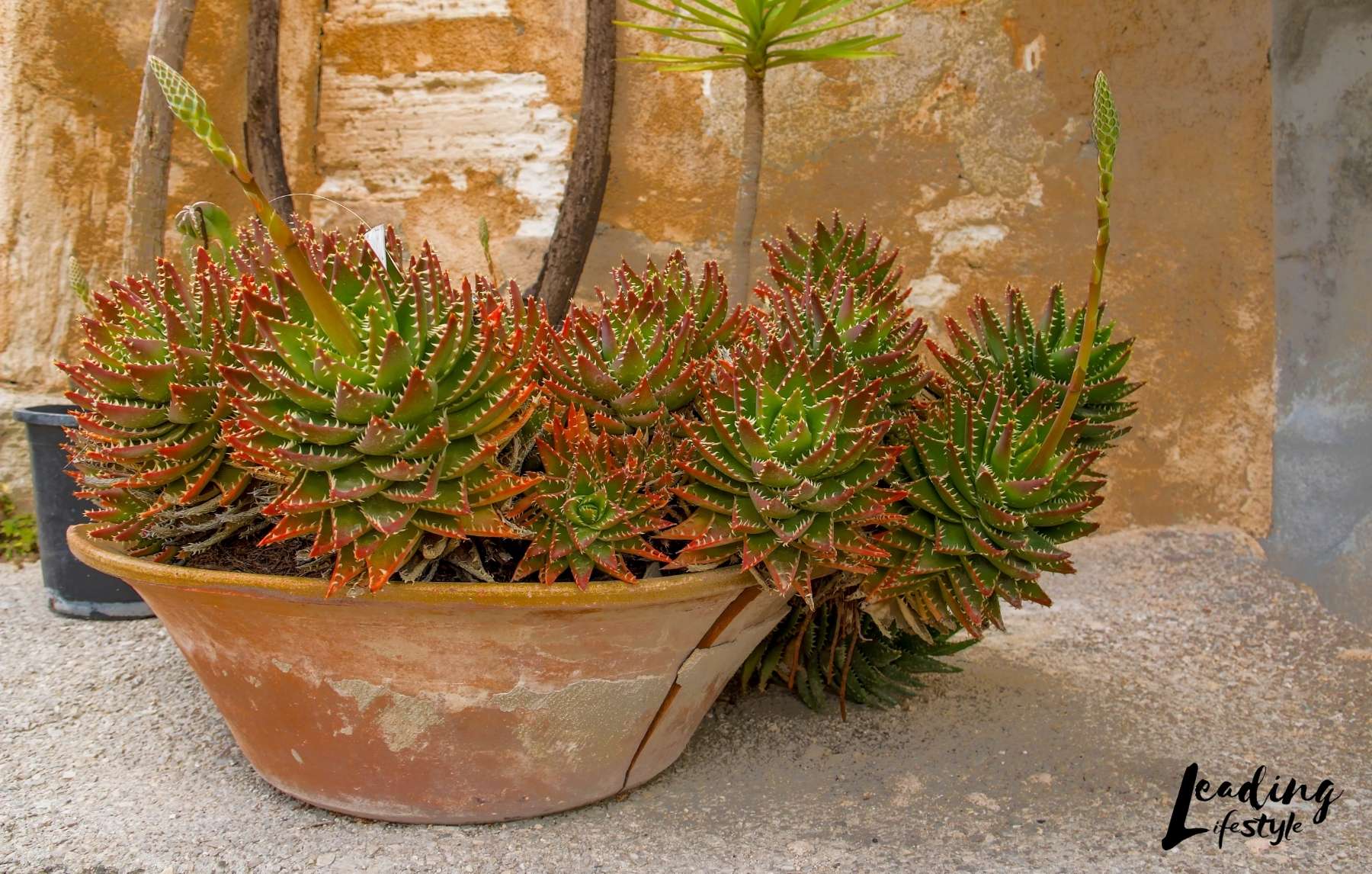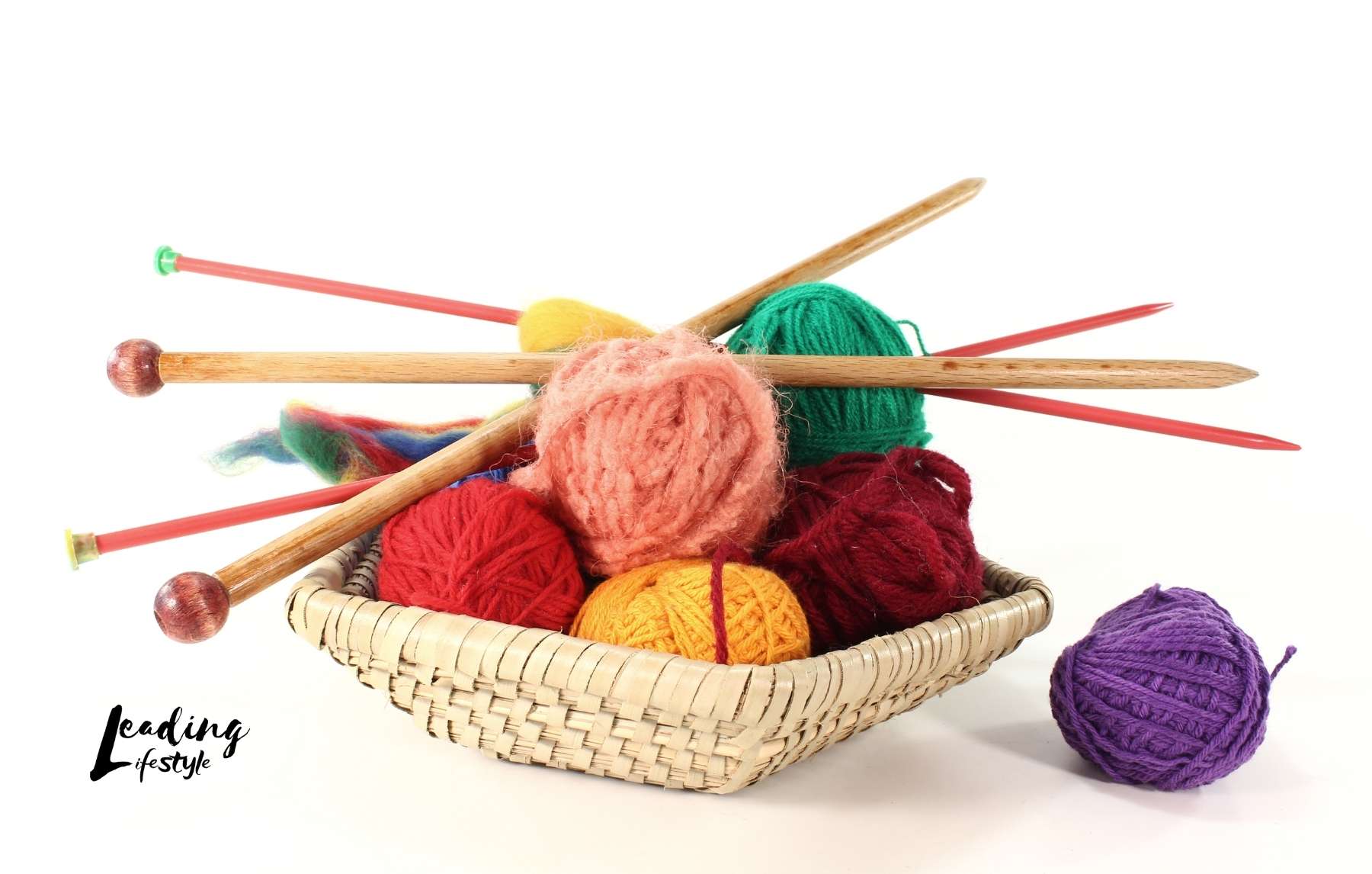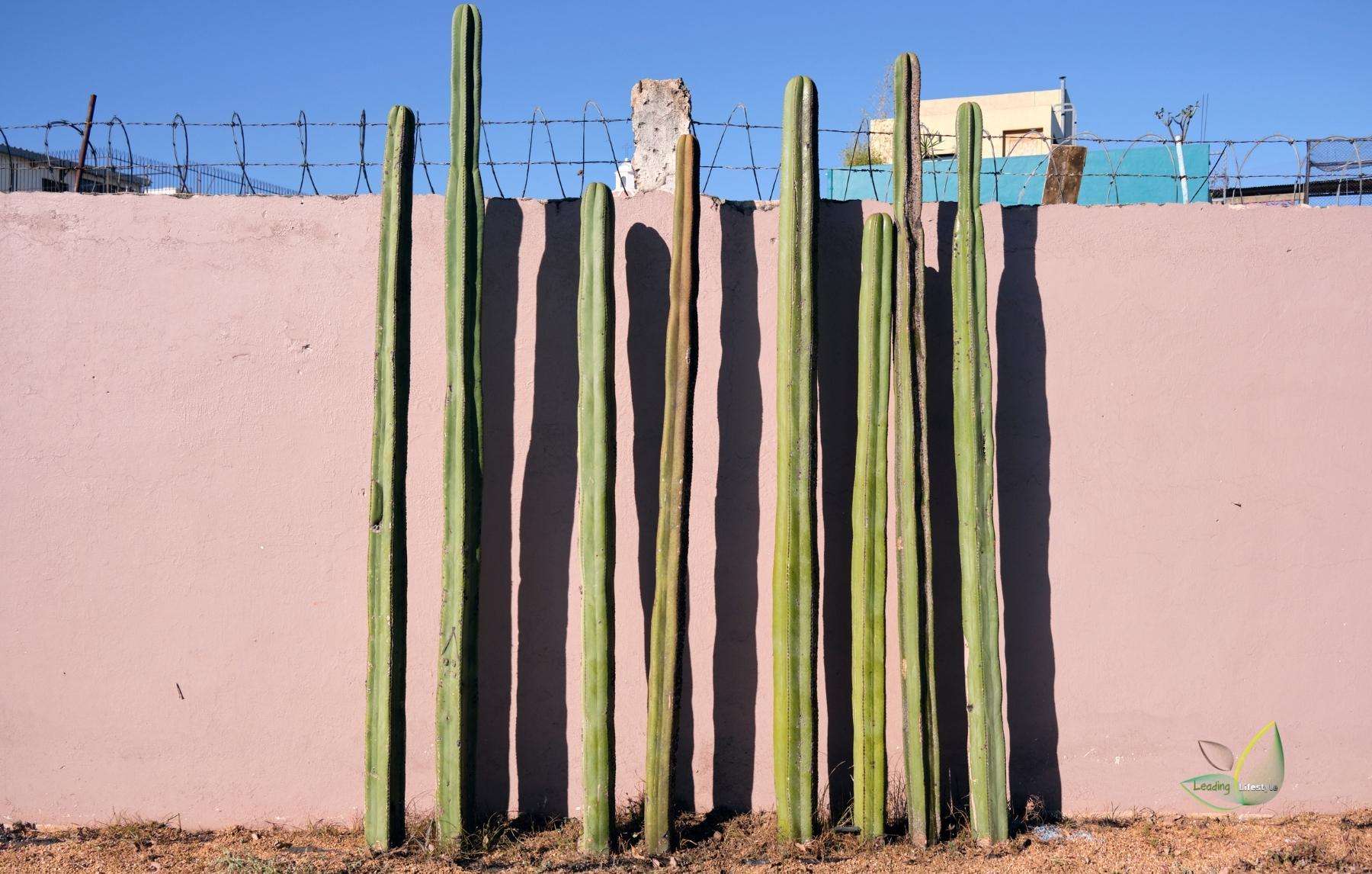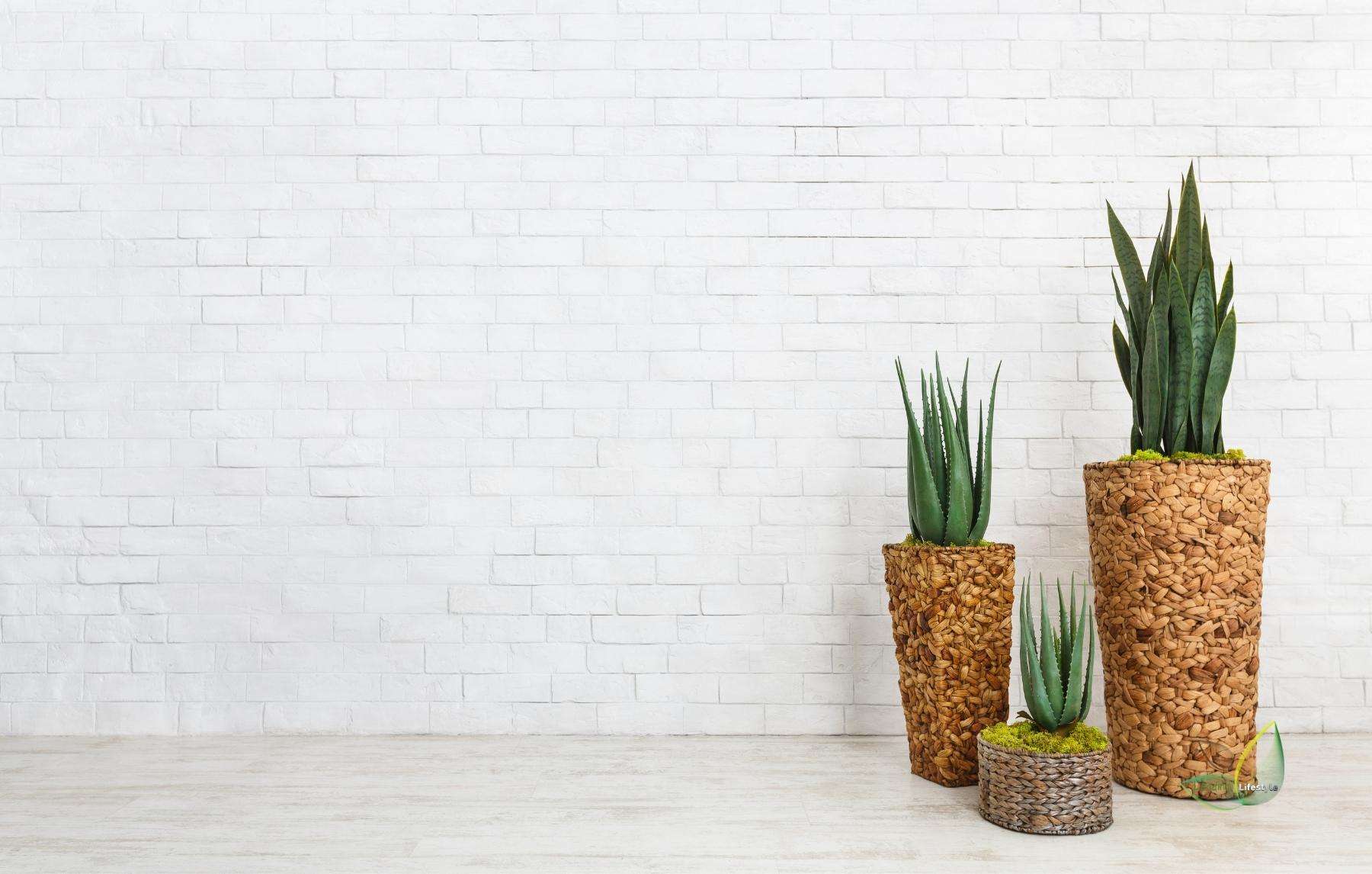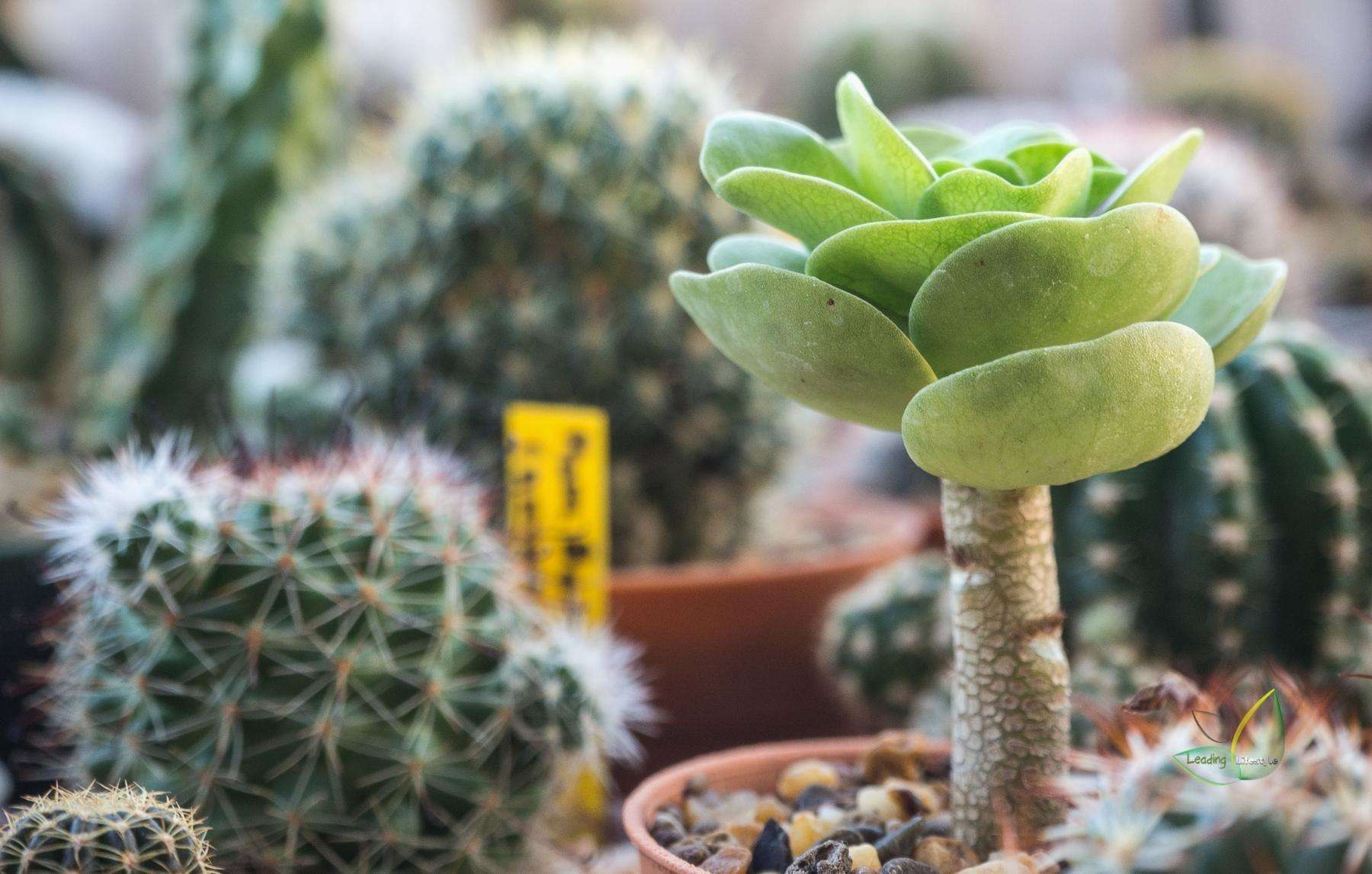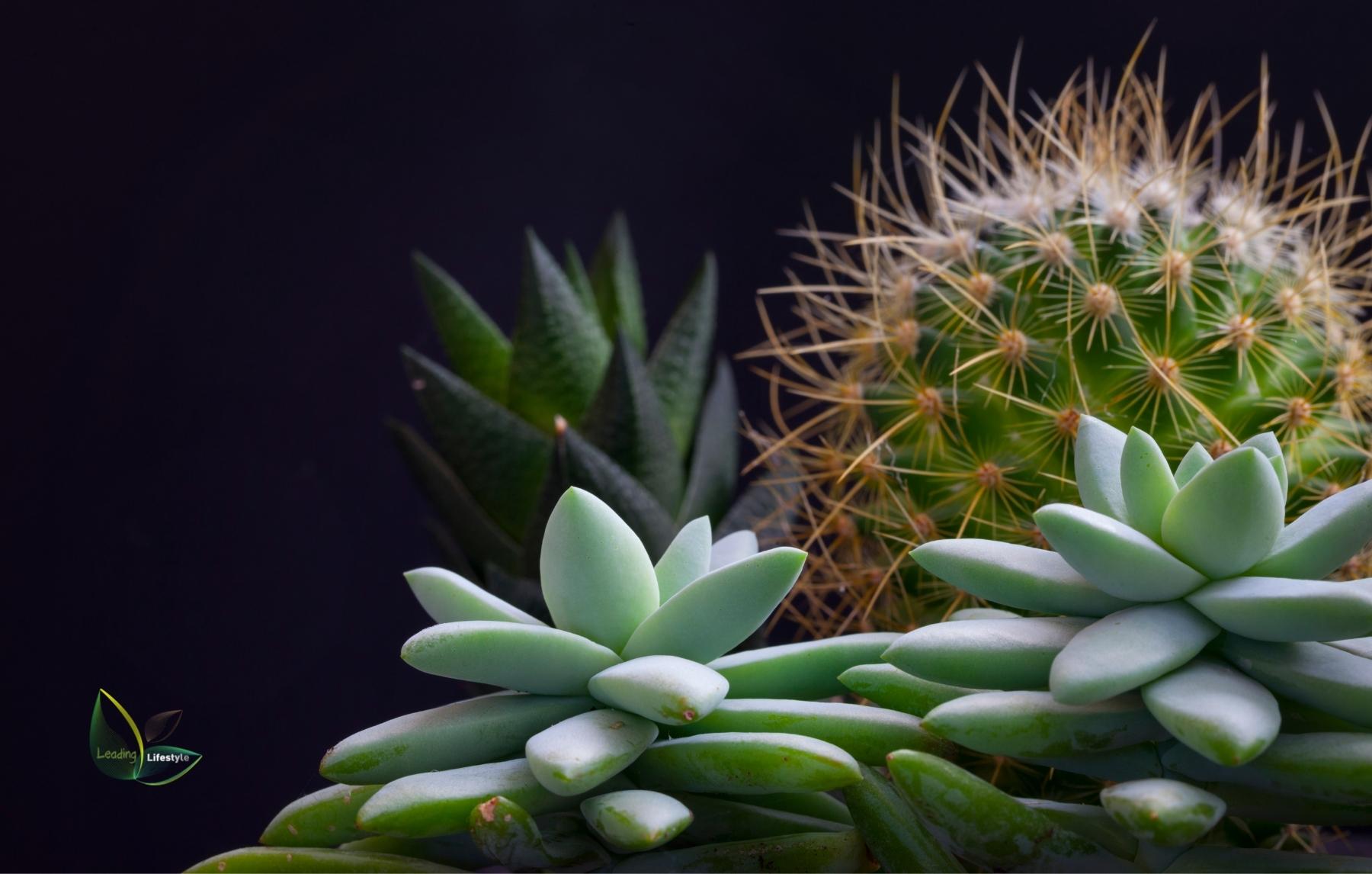Following these simple tips on how to care for a succulent indoors will make your indoor plants look great! What to plant, how to water, and more!
Succulents are an excellent type of plant to keep around the house, whether you’re new to plant care or have been caring for plants for many years. Although there are numerous distinct varieties, the majority of them require the exact same plant care.
Here are some Most Beautiful And Colorful Succulents you may consider.
However, this guide will demonstrate how to care for succulents that enjoy being in the sun while remaining indoors. Because this may be the case depending on your location, we’ll briefly discuss whether and how to grow succulents outdoors, but we’ll focus on how to find succulters indoors.
This appears to be a lot of effort, but it is much easier than it looks at first. Succulents are low-maintenance plants, but there are some things you must have in mind to successfully grow these amazing plants in or around your home.
We’ll start with watering and sunlight exposure, the most important parts of taking care of a succulent.
Watering a succulent
The most vital component of succulent care is watering. Succulents will grow if you live in a hot and dry place and has a lot of sun. Unless you live in a hot, dry climate, your best bet for successfully growing a succulent in your home is to try to replicate its natural environment as closely as possible. The first way to do this is to ensure that your succulent doesn’t get a lot of water.
You can go weeks without watering it, and it will still thrive. The plant will die if it gets too much water, so don’t water it too often.
Your succulent might need less water if it is in a place that doesn’t get a lot of sunlight. A lot of water is stored in the stems and leaves of succulents to go for weeks without water.
It will need a lot more water during the summer than in the winter because it’s hotter and water evaporates faster, so it will need more water.
It is best to water it twice a week during the summer and once a month during the winter.
Succulents that don’t get much direct sunlight should be watered less frequently, for example. It will take longer for the soil and plants to dry out when the sun doesn’t get as hot. This is why you should only water your succulents once a month if you live in this kind of place.
There is a good chance that now you won’t water it too much, which will help it grow.
Pots with drainage holes
As a part of ensuring that your succulents don’t get too much water, make sure you put them in a pot with a drainage hole.
But if you do not have one of these pots, you must ensure that your water is just enough to allow the soil to absorb the moisture without any of it collecting at the bottom. This may be a process of trying things out and not trying them out again.
Make sure to use a pot with a drainage hole if you have one. You should water your succulent until it starts to drip out of the bottom of the pot when you do this. It should be done when you water it. After about 5 minutes, you should let the water in your pot drain out. This will make sure that all of the water has been drained out.
Relevant: What Are Best Pots For Succulents And How Do They Work?
Rough spots on the leaves of a succulent
Some of your plants might have wrinkles on the outside of their leaves. These lower leaves of a succulent can also be seen in the picture that comes with this guide at the top of the page.
When you notice wrinkles in the leaves of your succulents, this indicates that the plant is either thirsty or has received too much water. Think about when you last watered it and write it down to determine which one is.
When did this happen? If it was in the last two weeks, your plant is too wet. If it’s been that long, then that means your succulent needs water. You should do this soon.
Succulents require sunlight exposure.
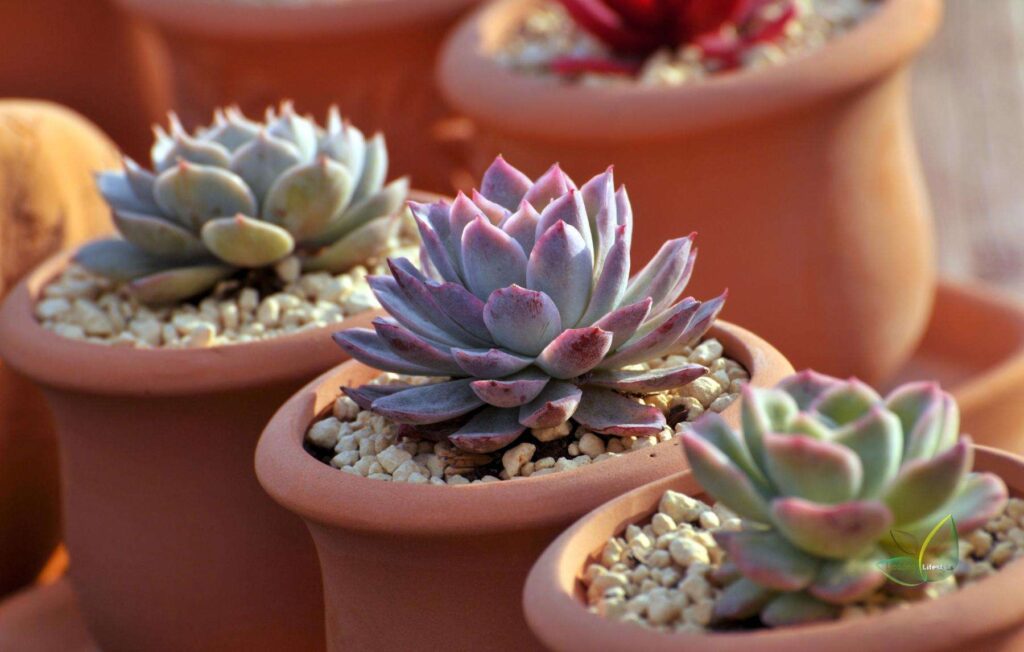
While some succulents require less sunlight, most succulents require as much sunlight as possible. Check to see if your succulent requires a lot of light and if so, place it on a windowsill with direct sun exposure.
Temperatures vary according to the amount of sunlight received. These temperatures are critical to monitor. If your succulent is constantly exposed to direct sunlight and heat, it will require more frequent watering than if it is not exposed to as much sunlight and heat.
Thus, most succulents prefer sunlight, but what happens if we do not provide the succulent with the sunlight it desires? Your succulents will begin to grow in height and tilt to one side. This behavior appears strange because most succulents are quite flat, white plants. It is growing taller and leaning to one side as it seeks the sunlight it desires.
When you notice your succulent growing in this manner, it’s time to relocate it to a brighter location. After you’ve relocated it to a brighter location, you should notice that your succulent has stopped growing. However, it is no longer contracting.
Once a succulent becomes leggy and stretched out, it will never regain its original size. So what are your options? Propagating your succulent is one of the options. We will discuss this further in the guide.
For now, it’s critical to understand that you are not doing anything incorrectly when your succulent does not return to its original size; this is a natural process for succulents.
The ideal soil for your succulent
We already know that succulents thrive in arid climates. One way to make your succulent grow in a dry environment is to water it very little. Another way is to use a soil mix that drains well.
The ideal soil for your succulent drains water quickly, ensuring that your succulent does not sit in water for an extended period.
A succulent or cactus soil mix is the best pre-packaged soil mix. Of course, you can make this yourself by amending your soil with sand, coarse grain sand rather than fine-grain sand, or perlite. This ensures that the water is quickly drained and does not pool in the soil. Because your succulent likes to be in a dry place, the soil plays a big role in this.
Relevant:
Fertilizing a succulent
If necessary, you can use fertilizer to assist your succulents in producing slightly more quickly. Is this also effective for succulents? In a way, you could fertilize a succulent once per month, but this is not necessary.
You can fertilize it once per year, at the start of the growing season (spring). It can then apply the nutrients to build right away in this manner.
Succulent propagation
When we discussed light exposure for succulents, we discovered that you could propagate succulents leggily and stretch them to restore their normal appearance. However, how does this operate? That is what we will discover in this section. The majority of succulents are extremely easy to propagate.
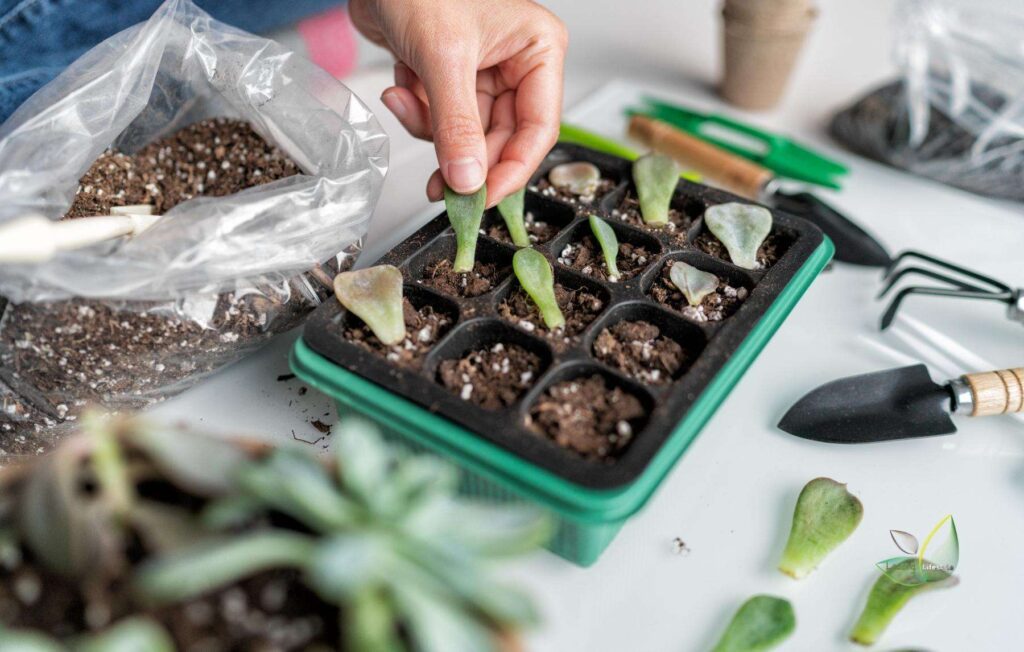
For instance, there are only three steps to take when you have a succulent cut:
- Wait until your succulent has developed a callus on the section of the parent plant that you have cut away.
- Sow your succulent in soil.
- Water your succulent.
When dealing with a leggy succulent, the procedure is identical. Let your succulent stem dry out for two days to get a good cutting, then cut off the top and remove a few of its bottom leaves. Keep the stem’s bottom leaves for two days after removing them from the stem. As illustrated in the image below, succulent leaves are moist and frequently develop roots. Individual leaves, as well as cuttings, are used to grow these succulents.
Succulents that grow in soil from cuttings and leaves water your plants and then plant the succulent leaves’ tops in the soil after two days. Cuttings and leaves should begin to root within a few weeks, and small succulents will begin to grow from these cuttings in a few months. Due to succulents’ slow growth rate, this will take some time.
Succulent propagation in water
If you don’t want to use soil, water or leca are excellent options for propagating succulents. With succulents, you can achieve this. It’s a lot like growing succulents in the ground:
- Allow the callus to fall off naturally.
- Immerse the calloused portion of the cutting in the water.
- Allow it to establish roots.
The roots will take time to develop, as succulents are slow-growing plants, whether in water.
Succulent care in the winter
Winter care for a succulent is comparable to summer care. You must still ensure they receive sufficient sunlight and do not receive an excessive amount of water.
There is only one difference: you’ll have to cut back on how often you water your plant. Once a month is better than once every two weeks because the water doesn’t dry up as quickly in the winter.
Drainage is even more important now than in the summer because your plant will take less water, and it will take longer to dry out.
There might not be enough sunlight for your succulents to grow in the winter. You might have to move them to a windowsill to get enough light for them to grow. It is unnecessary to move your succulents because they’re already on a windowsill, as they already receive the right amount of light for that season.
Growing succulents outside
This guide is about caring for succulents indoors, but plant owners will always want to know if they can grow them outside.
Numerous factors determine whether or not you can grow this type of plant outside.
Almost certainly, if you live in a warm climate with plenty of sunlight and no frost in the winter, you can grow succulents outdoors.
Winter hardy succulents
Certain succulents classified as “cold-weather” can only be grown outdoors in cold climates. When it’s cold outside, there are numerous succulents that don’t resemble the types of succulents kept indoors. Their leaves are not as thick as you would expect, but they are still quite hardy. These succulents can survive the winter, even in extremely cold temperatures.
Attempting to grow non-winter-hardy succulents outside in a colder climate will result in their death due to freezing.
Final Verdict
Succulents are ideal for beginners, but they are also excellent for those who have been growing plants for a long time. They will grow and thrive if you ignore them for a few weeks at a time. Take care of succulents, and there are a few considerations to make. One of the most critical points about succulents is extremely susceptible to overwatering and freezing temperatures. Succulents require little water and thrive best when exposed to as much light as possible.
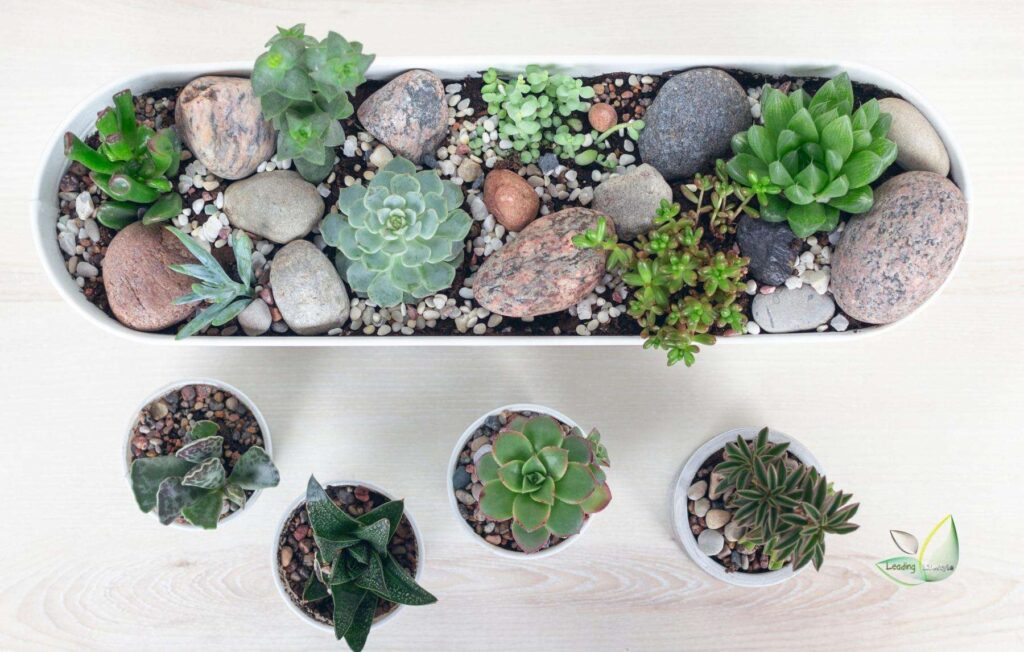
You can grow succulents outside if you live in a climate that allows for it. Winter-hardy succulents can only be grown outdoors if you live in a warm climate with little frost and little rain. If you live somewhere else, you can only grow succulents that are winter-hardy outdoors. Whatever number of plants you have, succulents are an excellent addition, regardless of how large they are at the moment. They will grow slowly for a long period, but they will always be beautiful plants if you keep them happy.
Hopefully, now you know almost everything about how to care for a succulent indoors.
Put your new knowledge into practice
Use the links below to buy your products and help us spread the word about how to care for your plants.
We earn a small commission when you purchase via one of these links. This is completely free and contributes to our continued providing free succulents planting guide.Win-win!
Pathos Bay
Cactus soil mix
Terracotta pots
Live Succulent Plants
Winter Hardy Succulents
FAQs
Can succulents grow inside without sun?
Many succulents do not need sunlight to grow, but some do.
The best way to determine if your succulent needs sun is by placing it in a sunny window or outdoors during the day and seeing if it starts growing. If you still don't know, try checking with your local nursery.
How often do you water indoor succulents?
To thrive indoors, succulents require frequent watering. They will survive if you water them only once a week but will not thrive as much as if you water them daily.
Some indoor succulents are also sensitive to over-watering, so make sure that the soil is completely dry before watering again.
Succulents require how much water?
Succulents require a negligible amount of water. Overwatering them, more than once every two weeks in the summer and once a month in the winter can result in the death of a succulent. As a result, watering it every two weeks during the summer and once a month during the winter is recommended.
What amount of sunlight do succulents require?
The majority of succulents, like cacti, thrive in hot, dry climates. A few succulents require less light, but most require as much light as possible. Check to see if your succulent requires a lot of light and if so, place it on a windowsill with direct sun exposure.
How are succulents watered in the absence of drainage?
It is recommended that succulent pots have drainage holes. If you do not have one of those pots, you must ensure that your water is just enough to allow the soil to absorb the moisture but not so much that it collects at the bottom of the pot. You might have to try things out and see what works for you when it comes to this.
How long can succulents survive in the absence of water?
Succulents' stems and leaves store a significant amount of moisture, allowing them to go for weeks without water. Summer requires more watering than winter due to the increased temperature. During the summer, you should water your succulents every 14 days and every month during the winter.
How frequently should a succulent be fertilized?
Once a month, you can fertilize a succulent, but this is not necessary. You can feed it once a year, at the start of the growing season (spring). This way, it can begin utilizing the nutrients immediately.
What is the best way to propagate succulents from cuttings?
The majority of succulents are extremely easy to propagate. Therefore, when you have a succulent cutting, there are only three steps to take:
- Wait until your succulent has developed a callus on the section of the parent plant that was cut away.
- Submerge your succulents in soil.
- Keep your succulents moist.
Can succulents grow outside?
It is situational in a warm climate with plenty of sunlight and no freezing temperatures in the winter. If you live in a cooler climate, you can only grow a limited number of "cold weather" succulents outdoors. They will perish rapidly if you attempt to grow standard succulents outdoors in a colder climate.
Is it possible to propagate a succulent in water?
Yes, just as with soil propagation, you can also choose to propagate a succulent plant in water. The procedure is very similar to that used to propagate succulents in soil:
- Let the callus fall off.
- Place the callused off part of the cutting in the water.
- Please wait for it to grow roots.
In the winter, how do you look after a succulent?
Winter care for a succulent is similar to summer care. There is only one difference: you'll have to cut back on how often you water your plant. To avoid overwatering your plants in the winter, only water them once a month instead of every two weeks.
Which soil type is best for succulents?
Succulents thrive in soil that drains quickly. You could buy a mix of soil for succulents and cacti at a plant shop, or you could make it yourself. By amending your soil with sand and/or perlite, you can accomplish this. This ensures that excess water is quickly drained and does not have a chance to drown your succulents.
How do you keep succulents alive indoors?
Succulents are plants that require a lot of light and water to thrive. They also have to be misted with water every day, particularly in winter.
They can be placed on a cactus mat that will provide a mat that should be kept damp at all times so that it doesn't dry out and kill the plant for indoor succulents.
What type of light should I use to keep my succulents healthy?
Many other types of lights can be used to keep your succulents safe. Fluorescent light is the most common type, and it can transmit light ranging from blue to yellow. This color range mimicked direct sunlight, providing enough light for plants and flowers to grow and thrive.
Other options include LED lights that emit white or red light and high-pressure sodium vapor lamps with a cool white color temperature that create a greenish hue when used as indirect lighting.
The best option is one that you feel comfortable using and has an adjustable timer so you can set it according to your needs.
Do you have any suggestions for propagating a succulent plant, such as through cuttings or the air layer method?
This is a very common question. It is possible to propagate a succulent plant using the air layer method.
This process involves taking cuttings from the mother plant, inserting them into soil or sand, and then covering them with a thin layer of wet paper towel. You can do this by putting the cutting in a ziplock bag with moistened newspaper or damp sphagnum moss and placing it in an area that gets plenty of sunlight for about three weeks until roots are visible on the bottom side the cutting.

